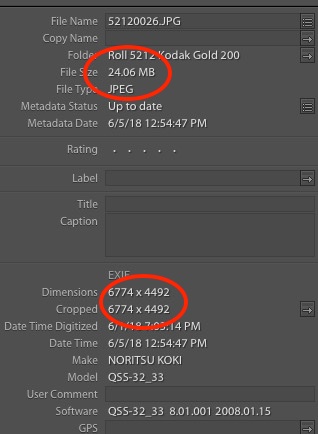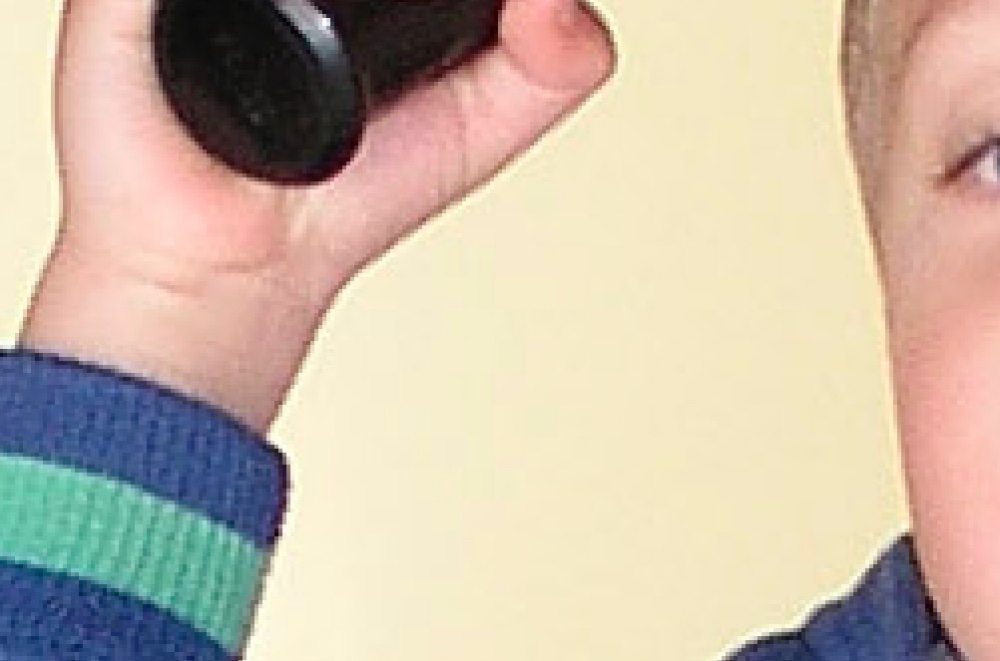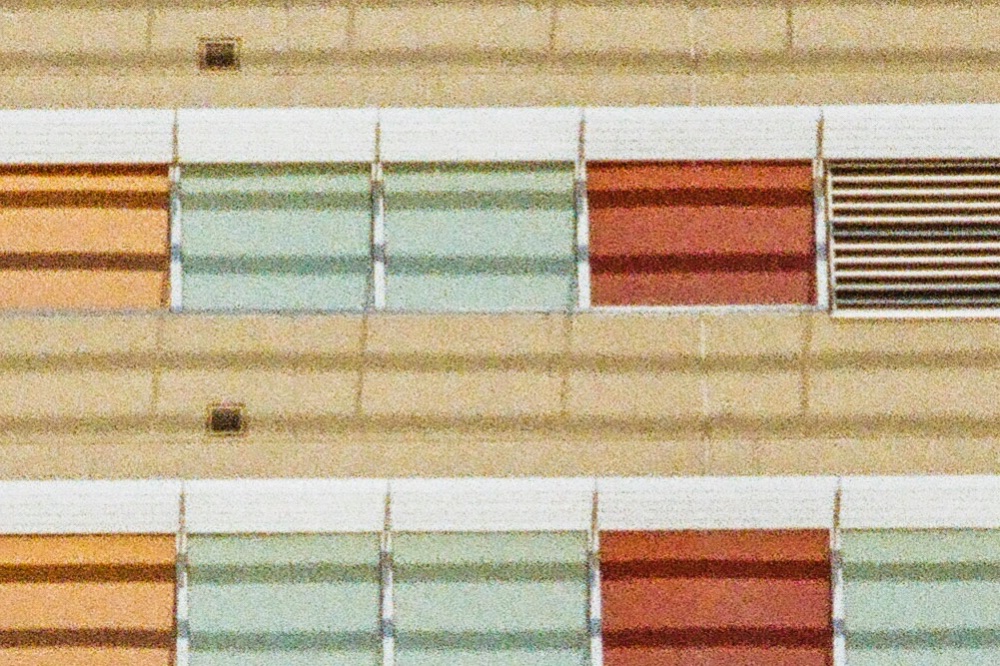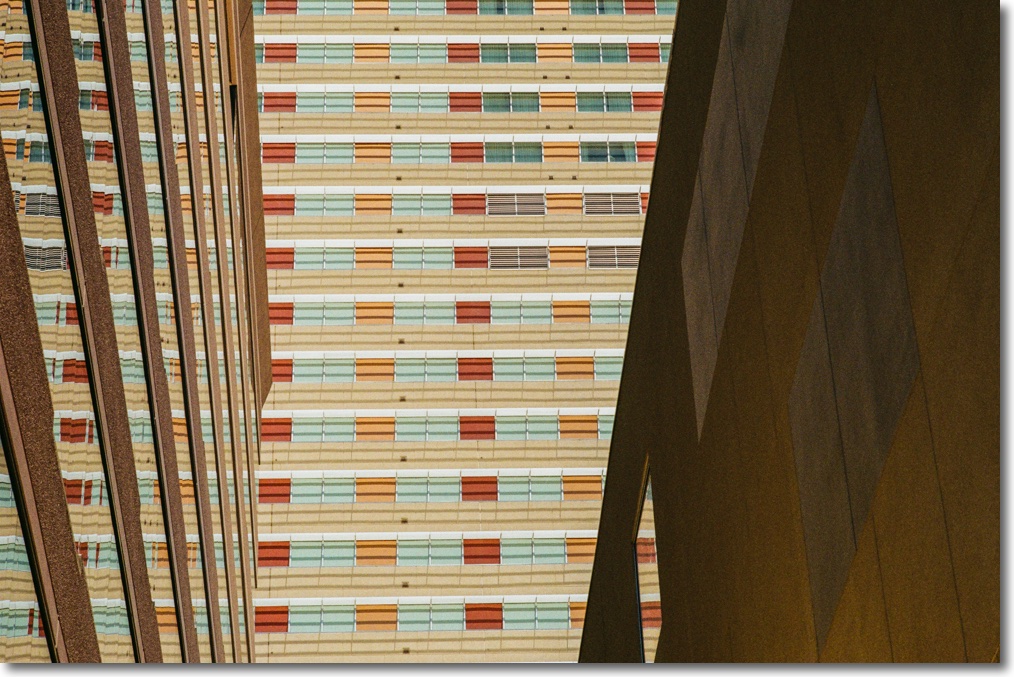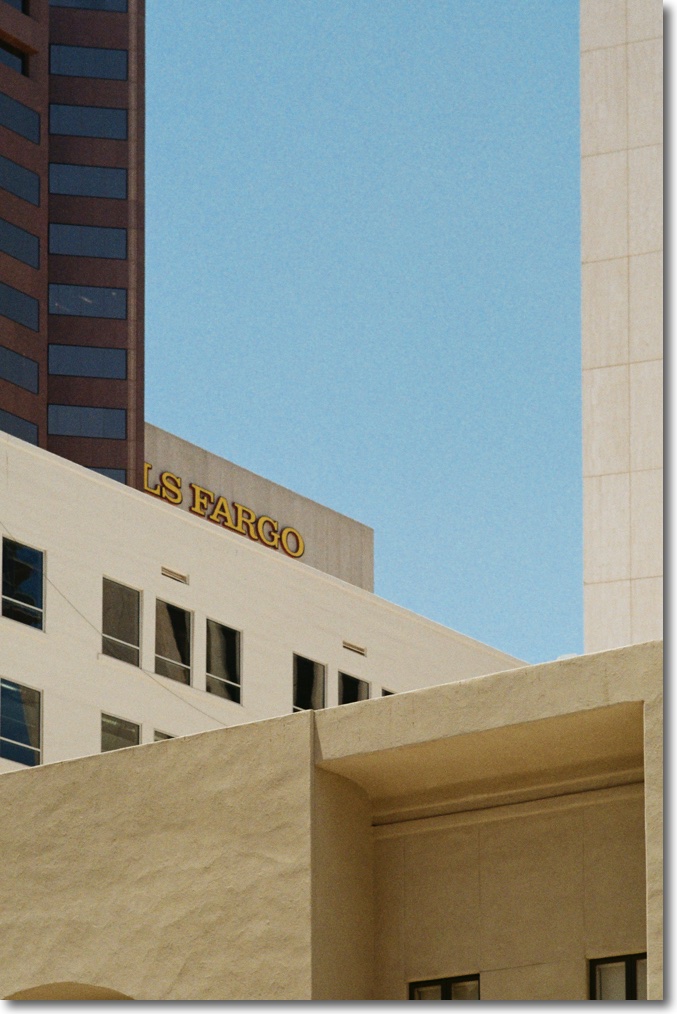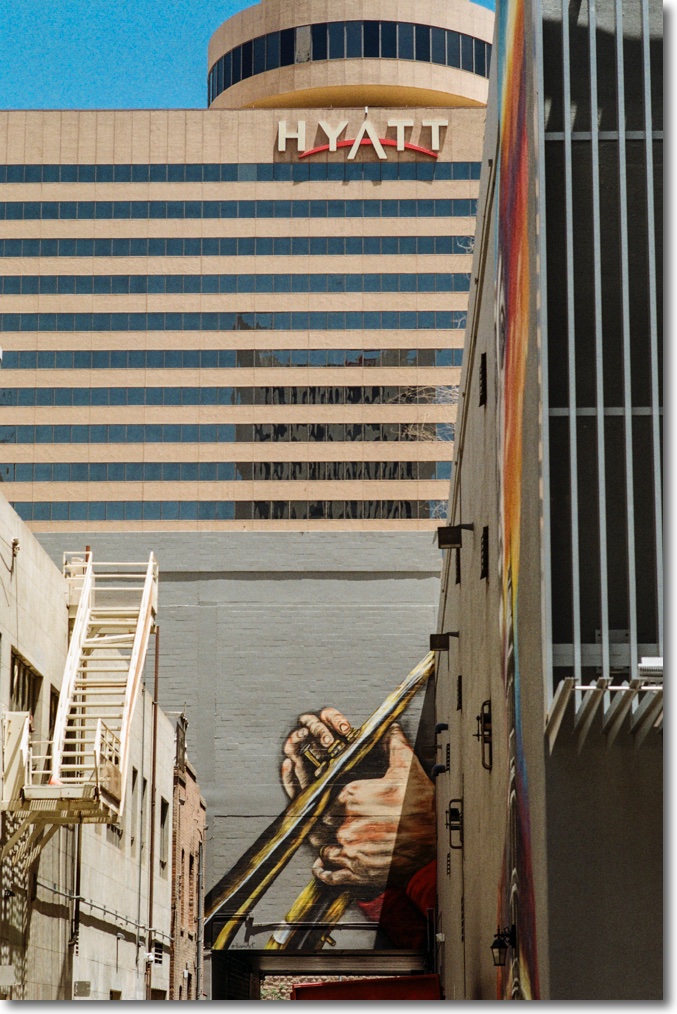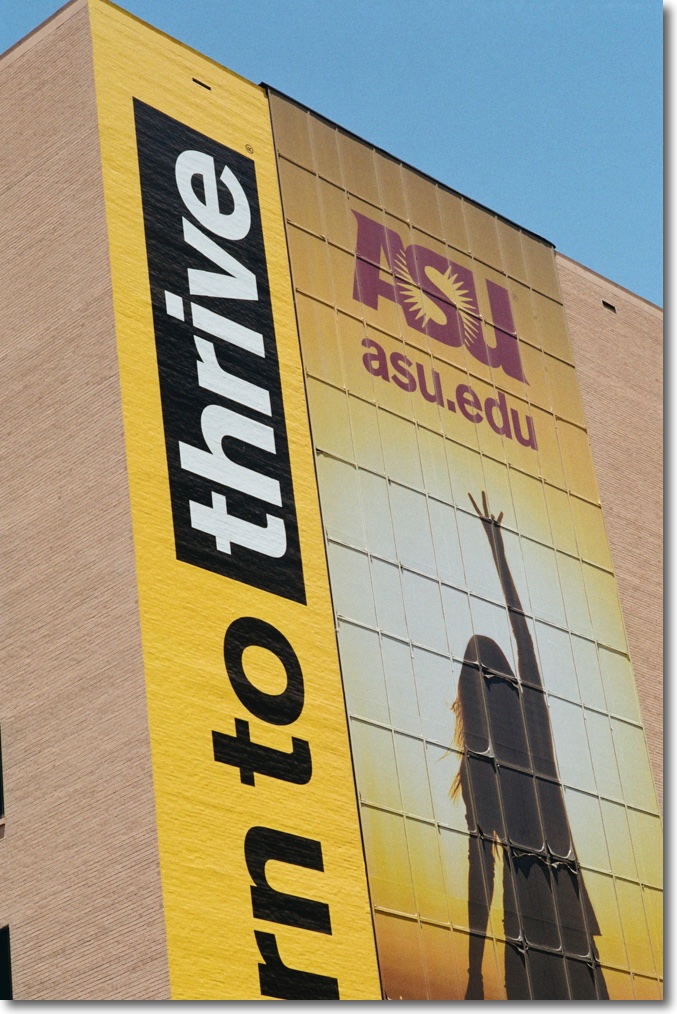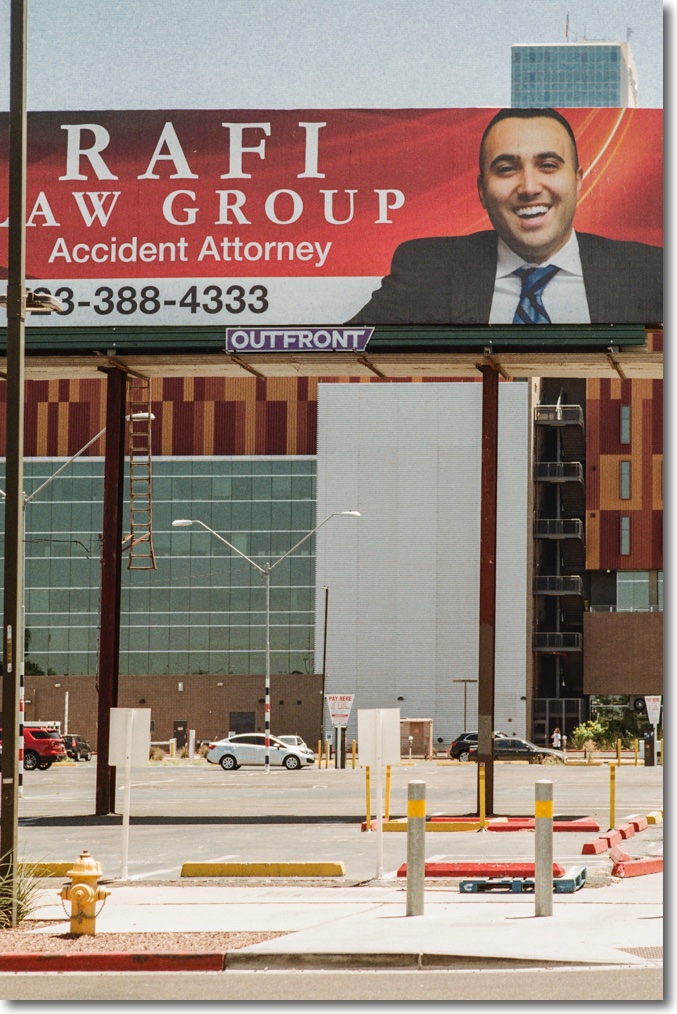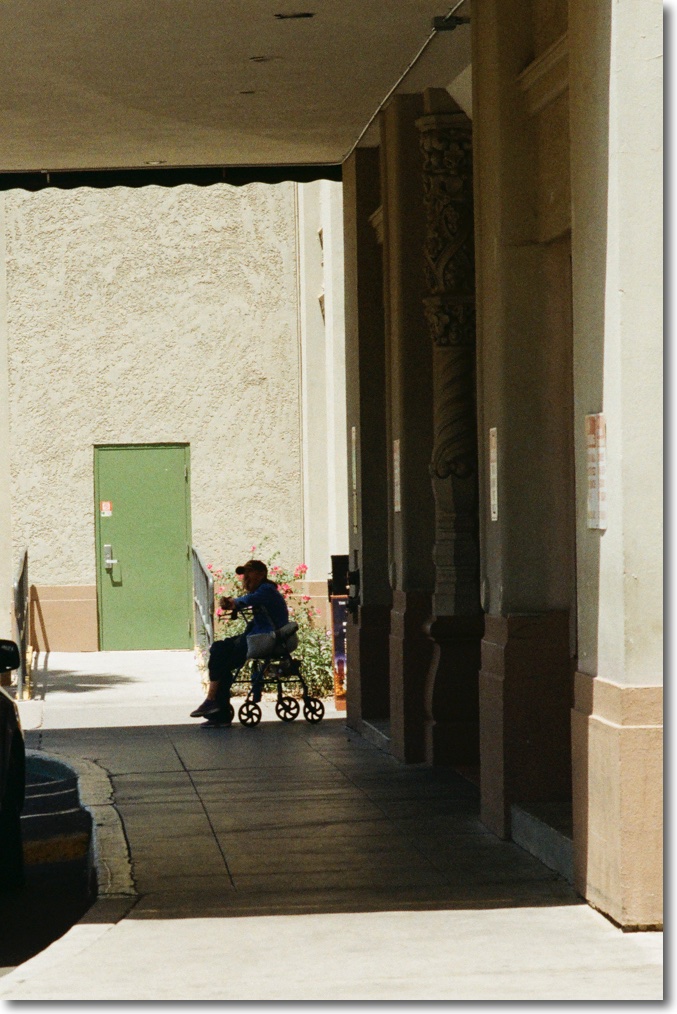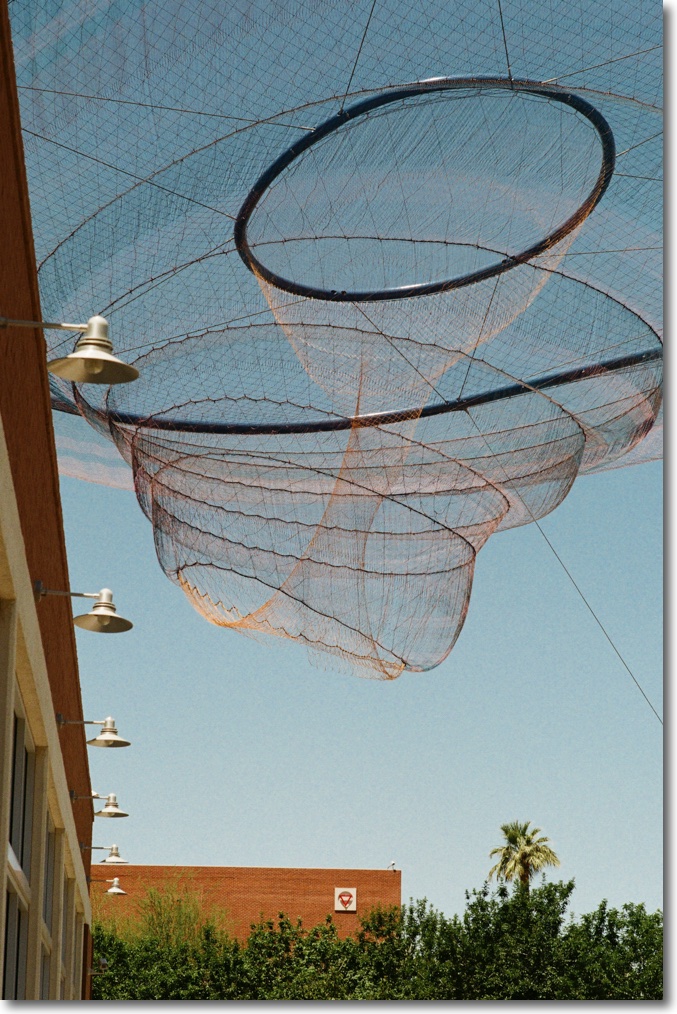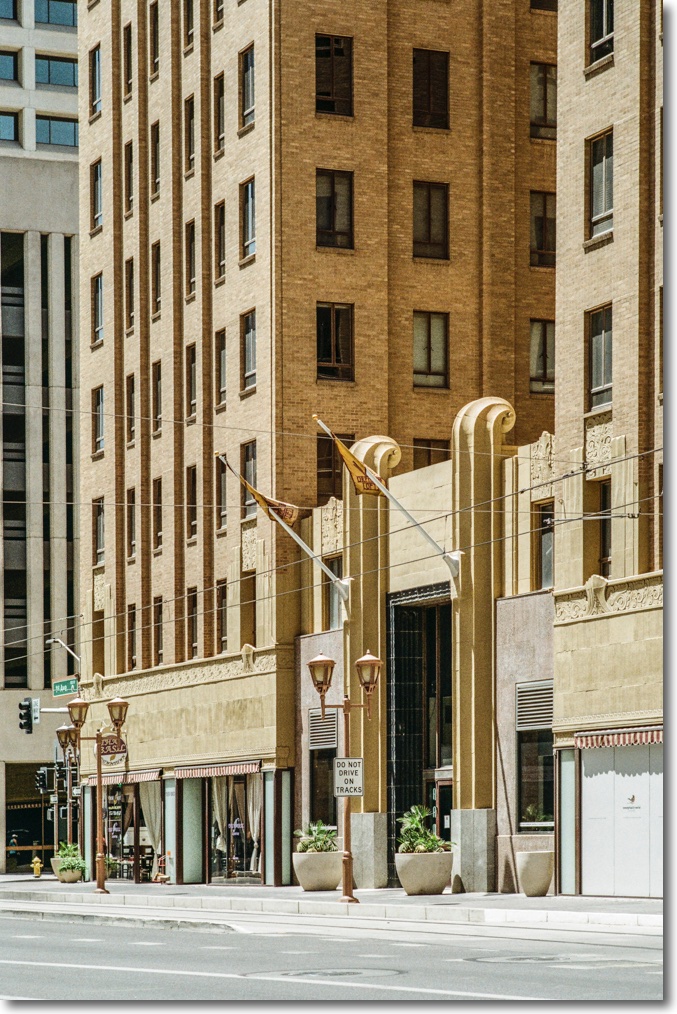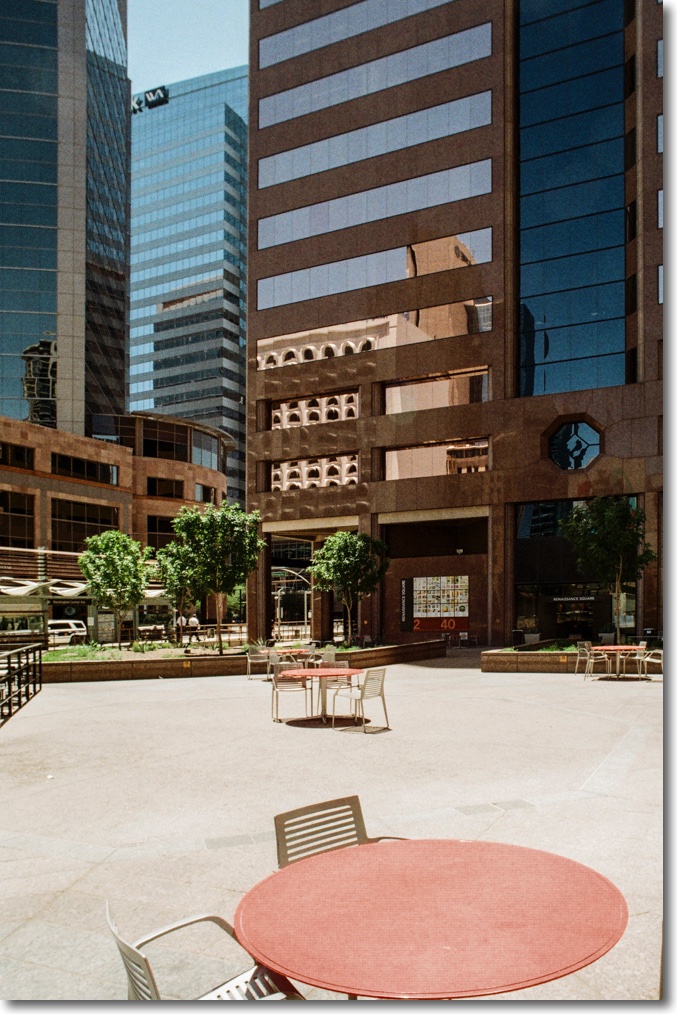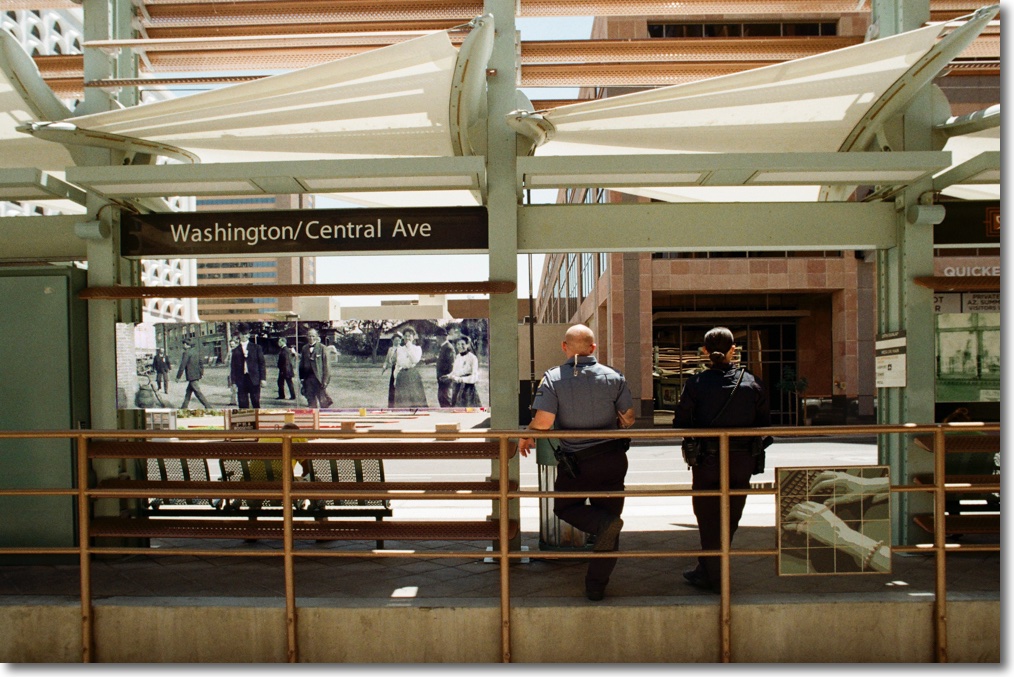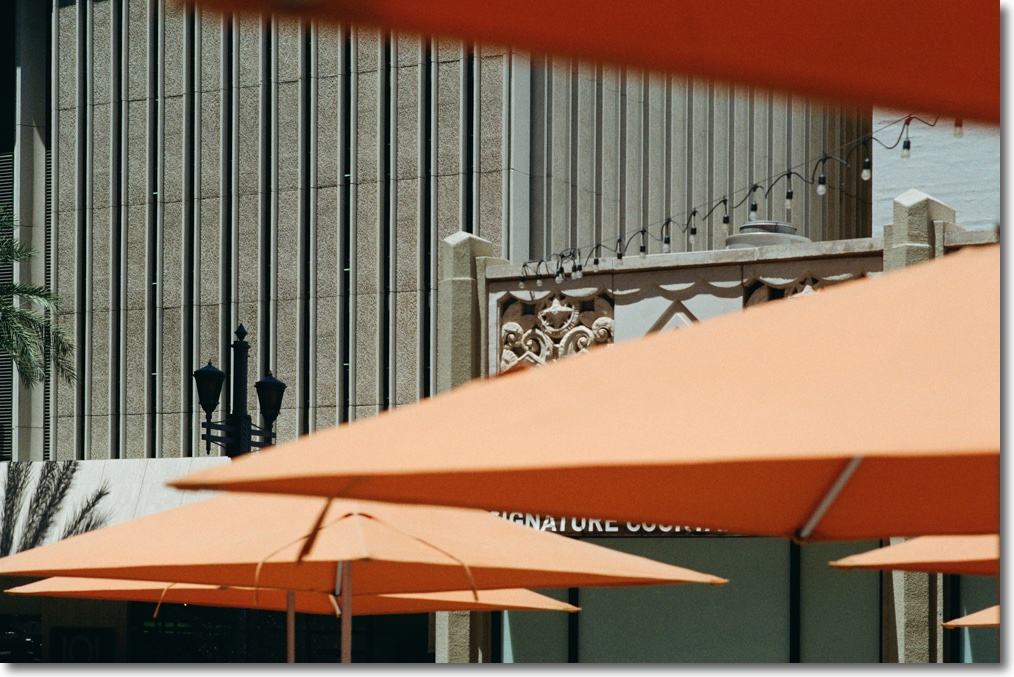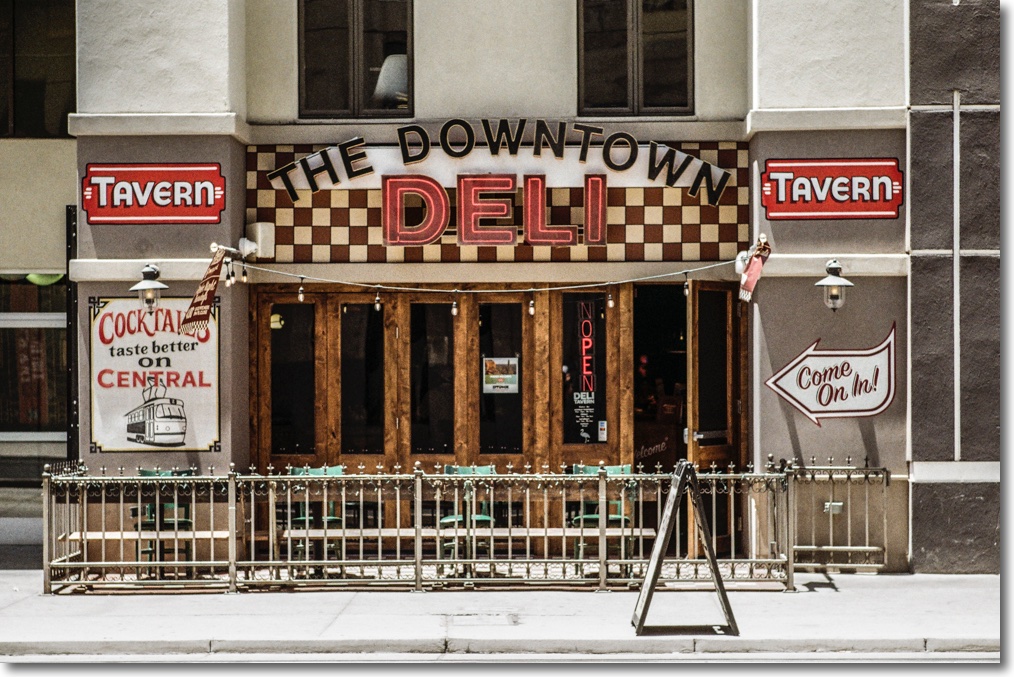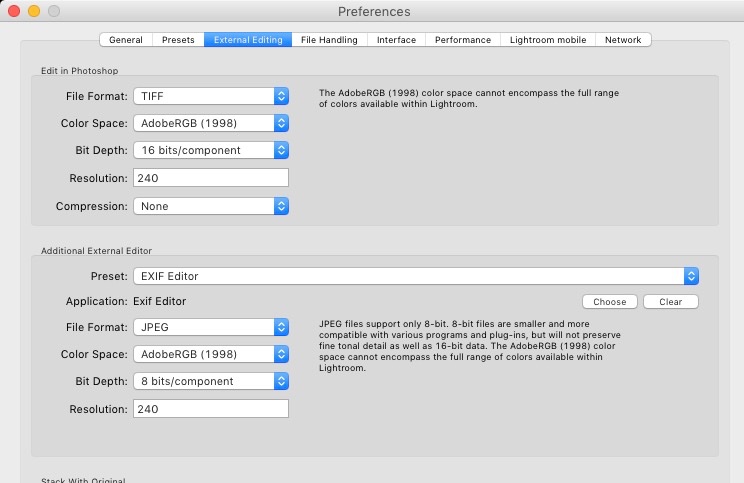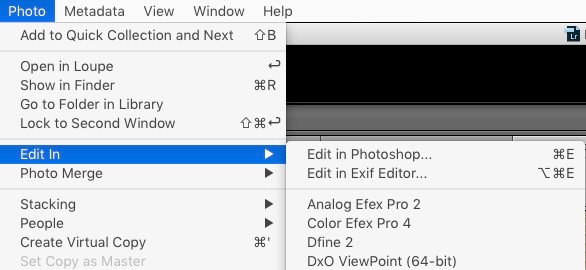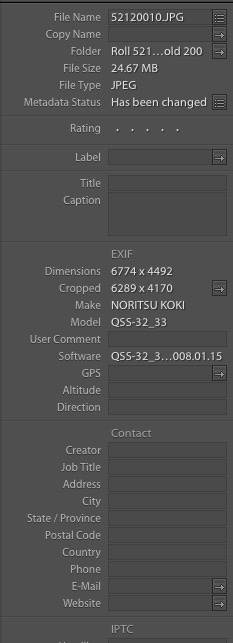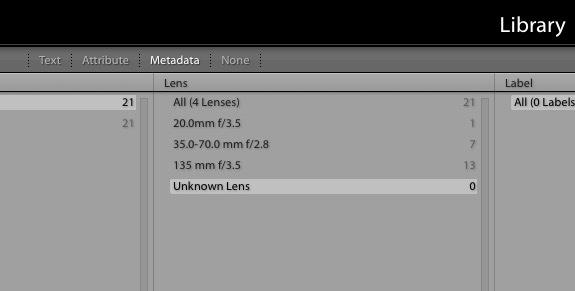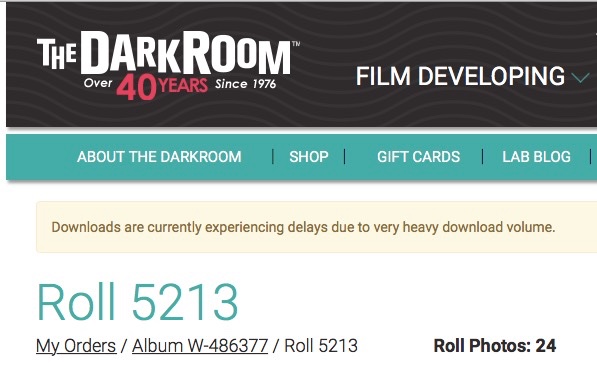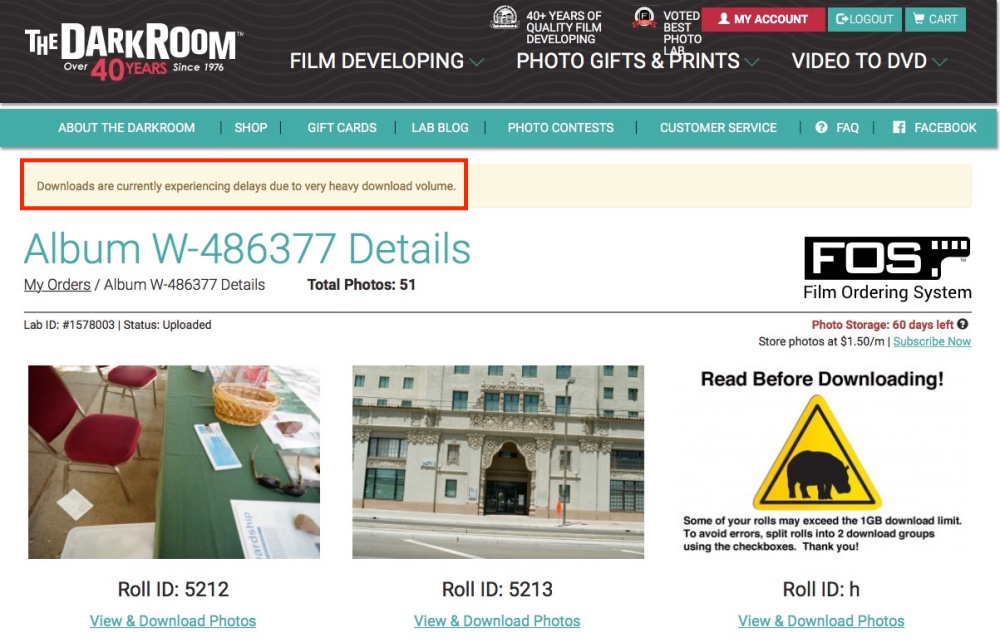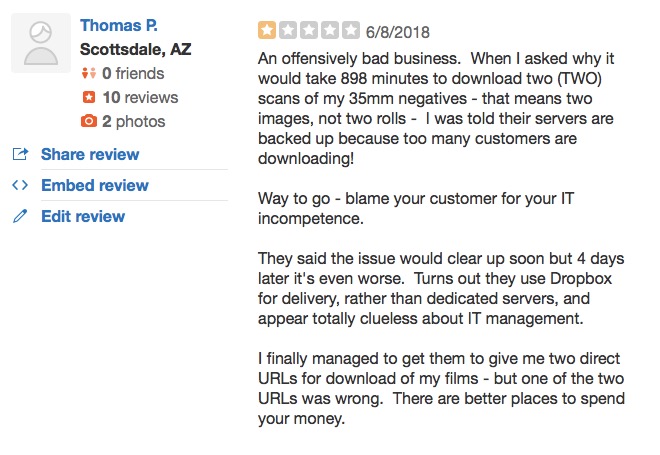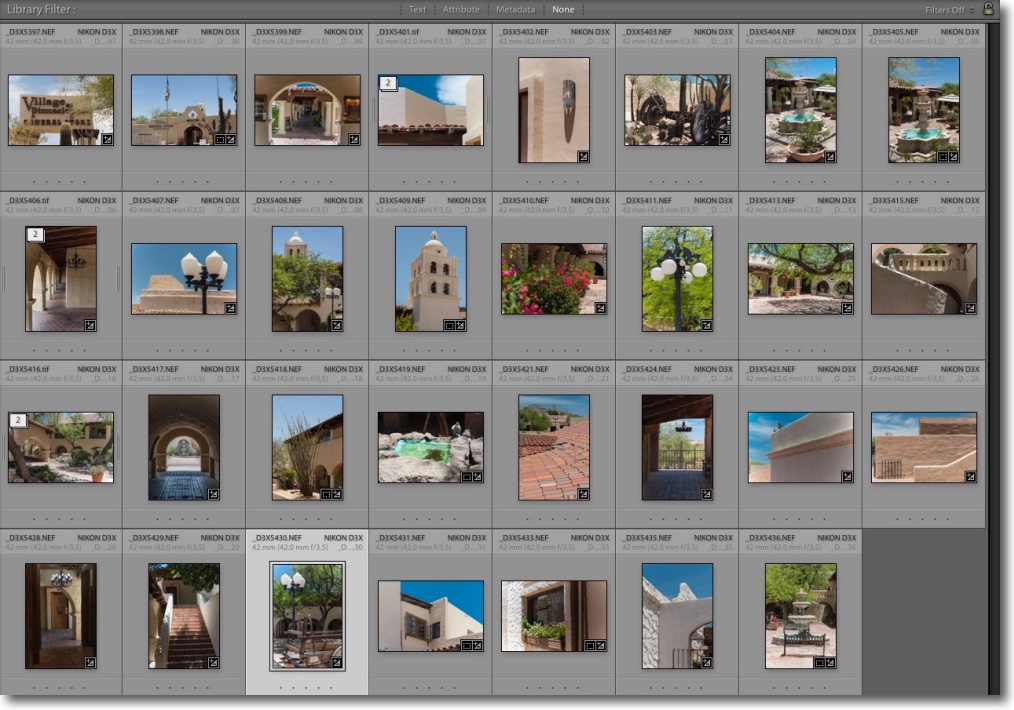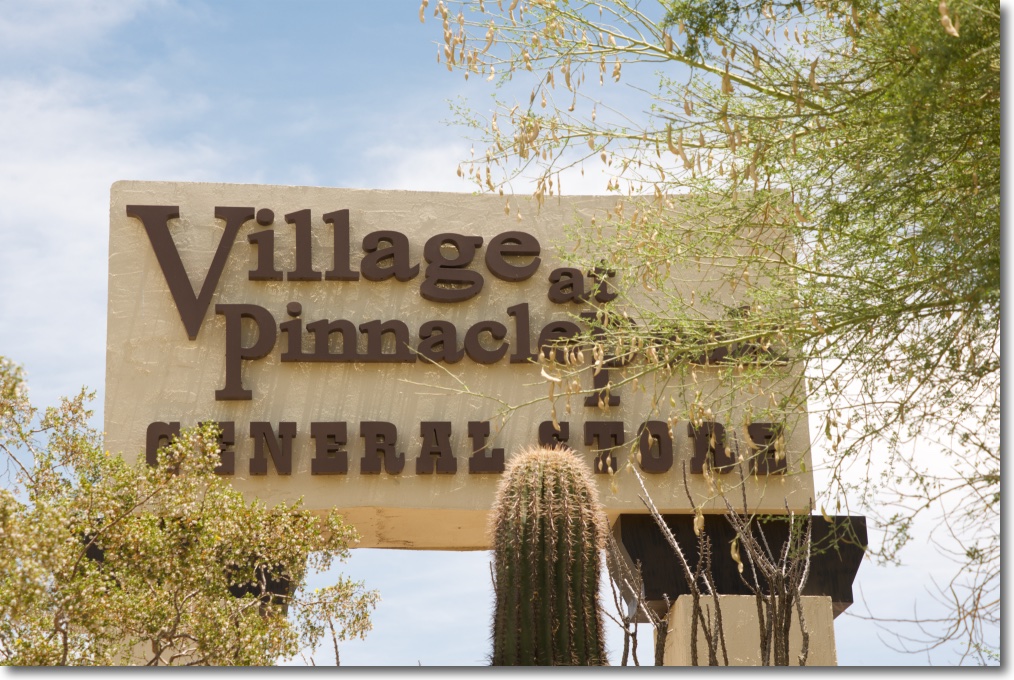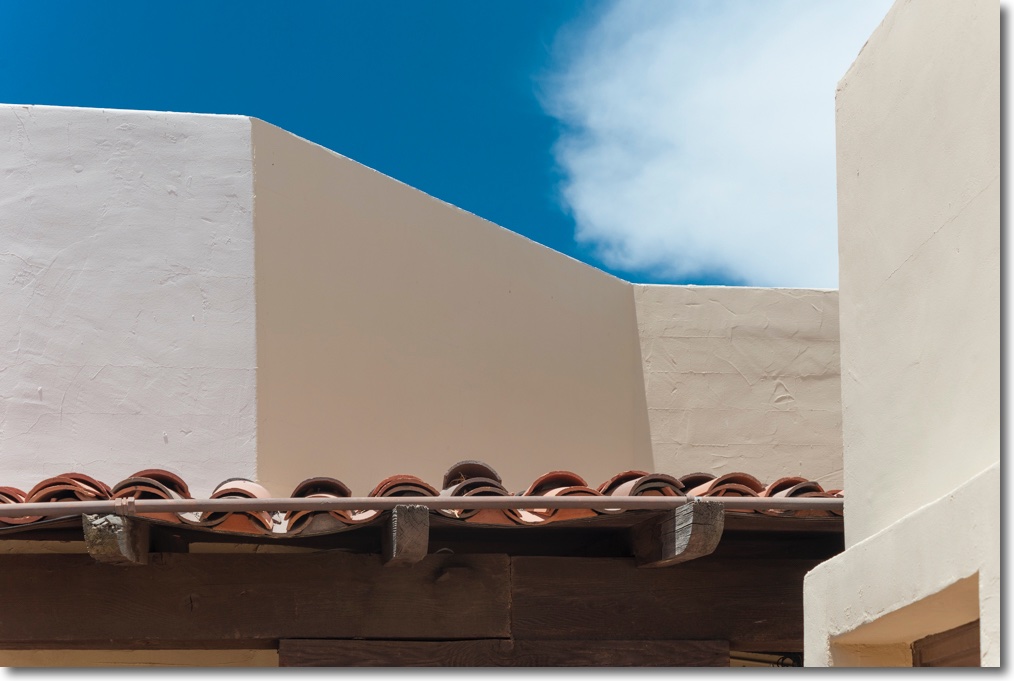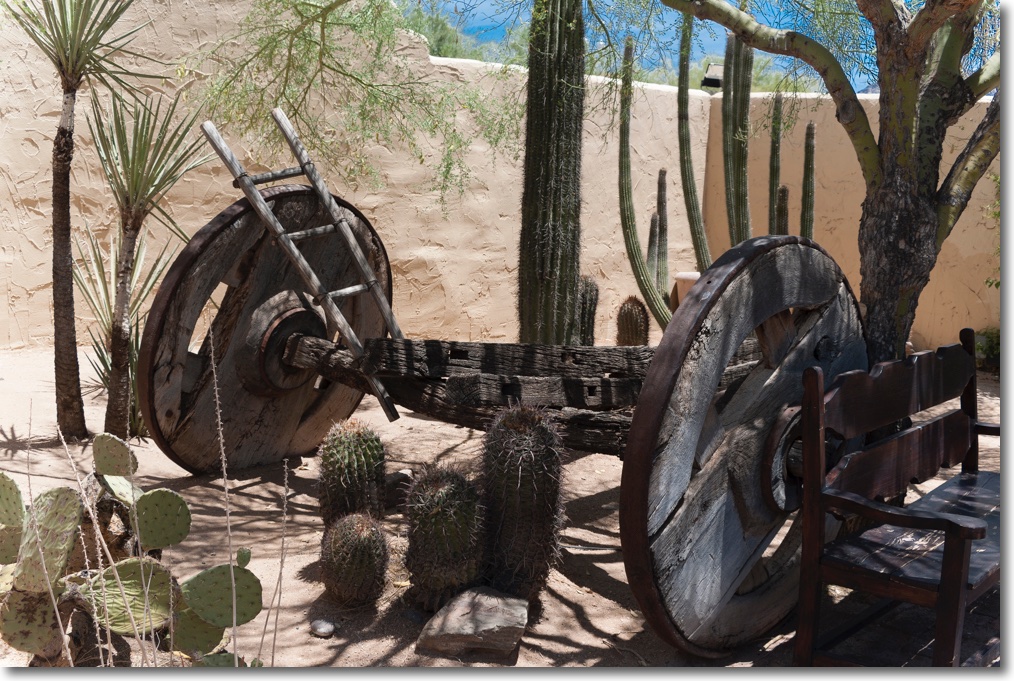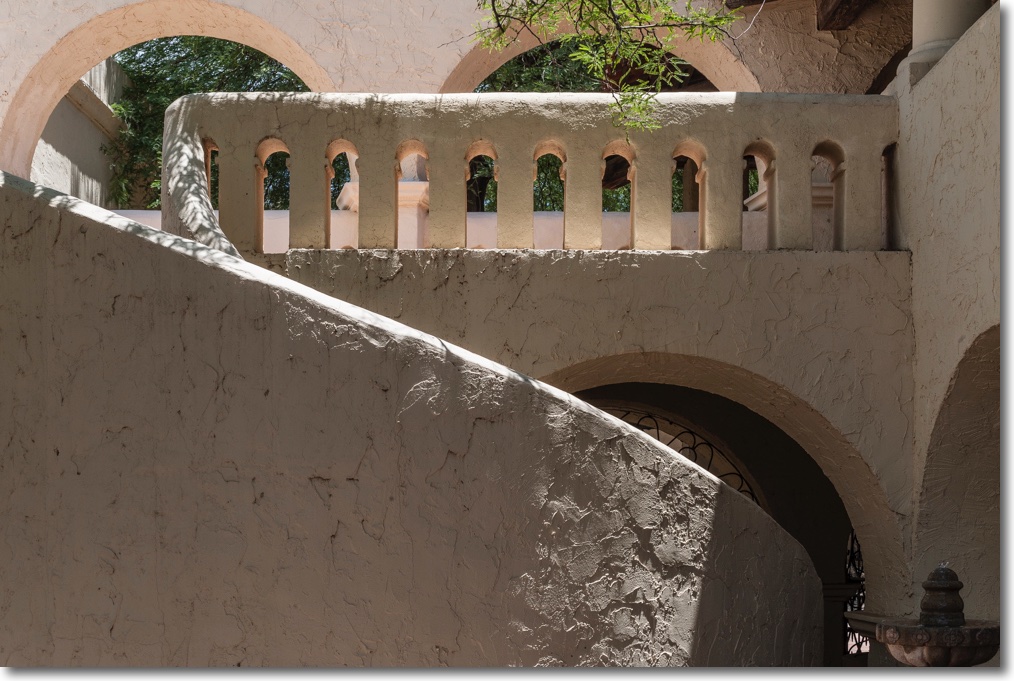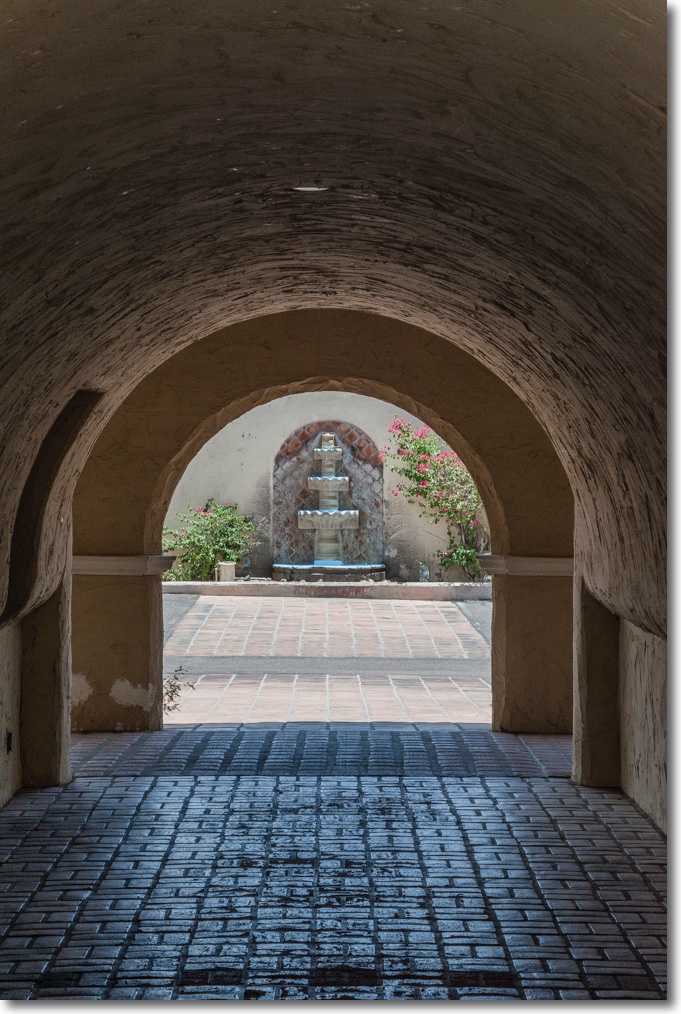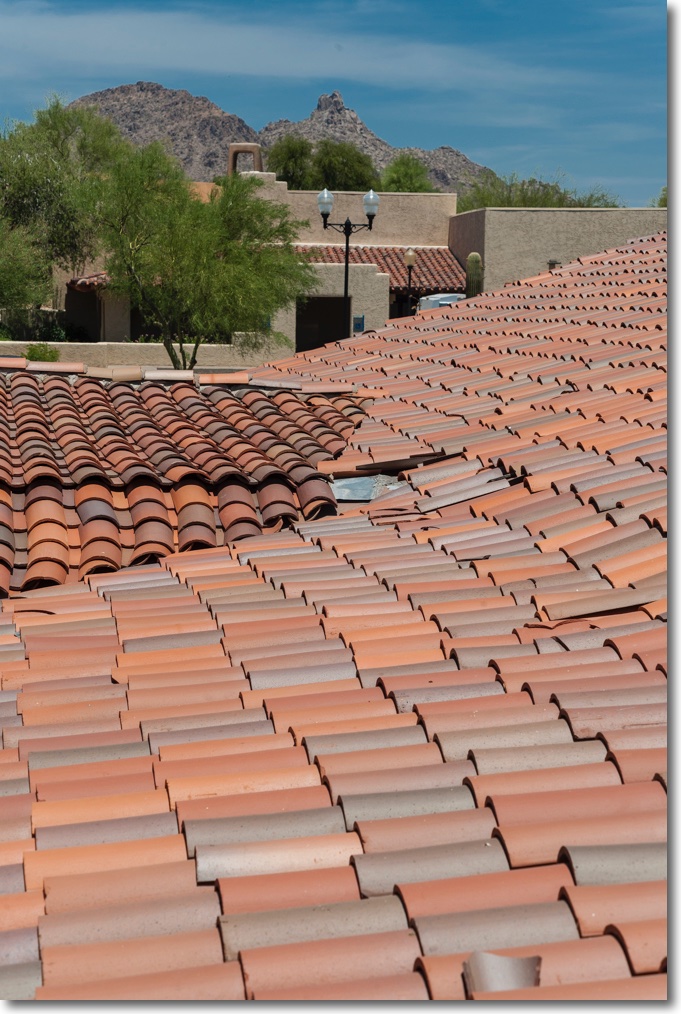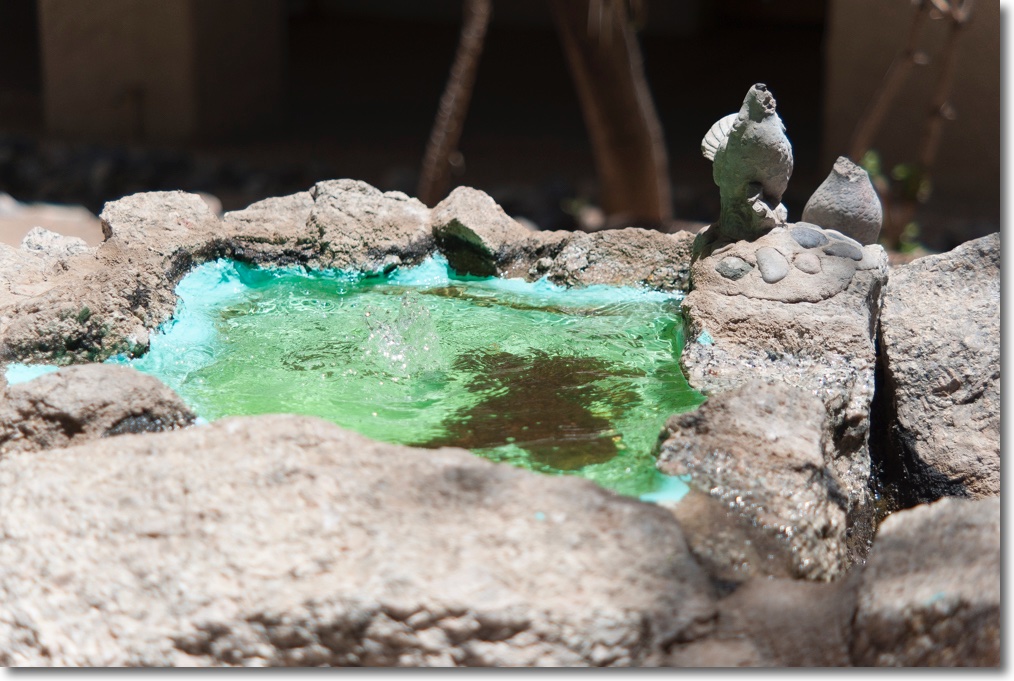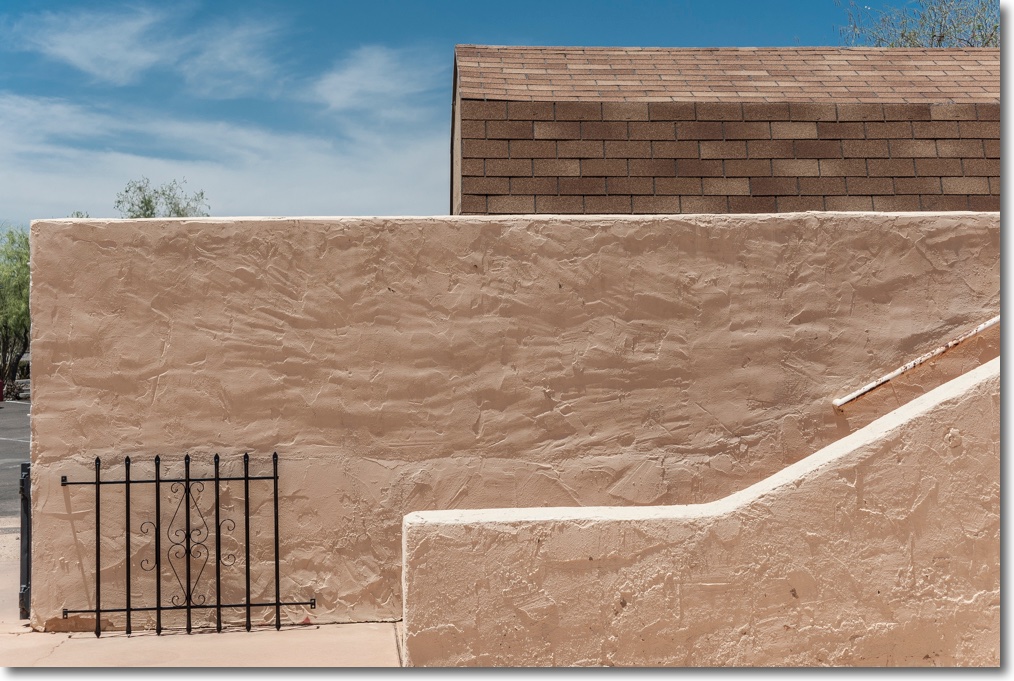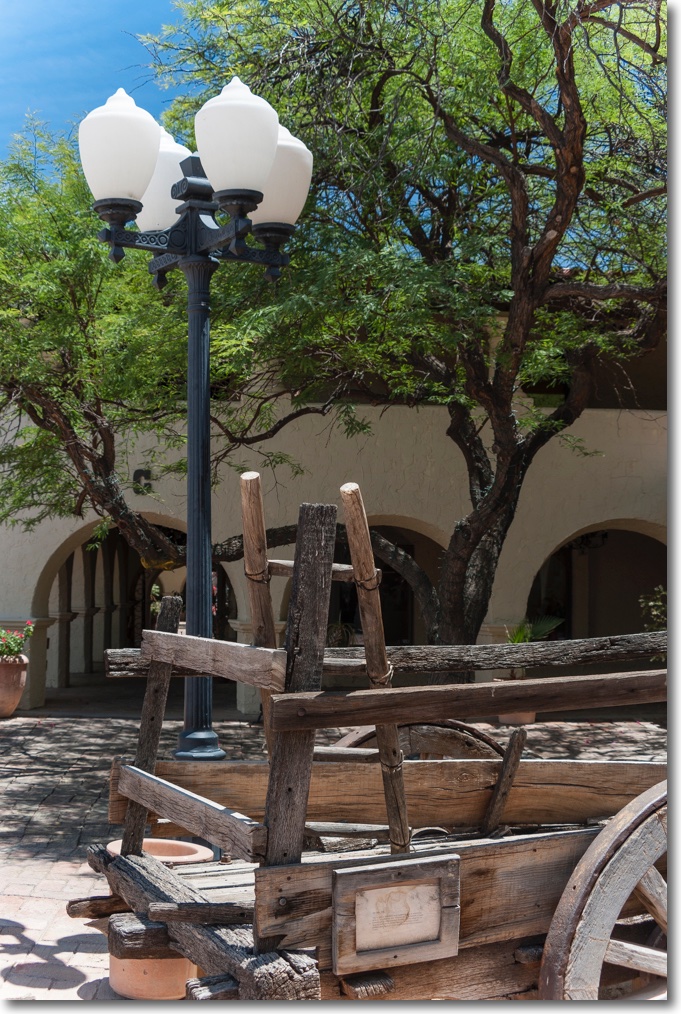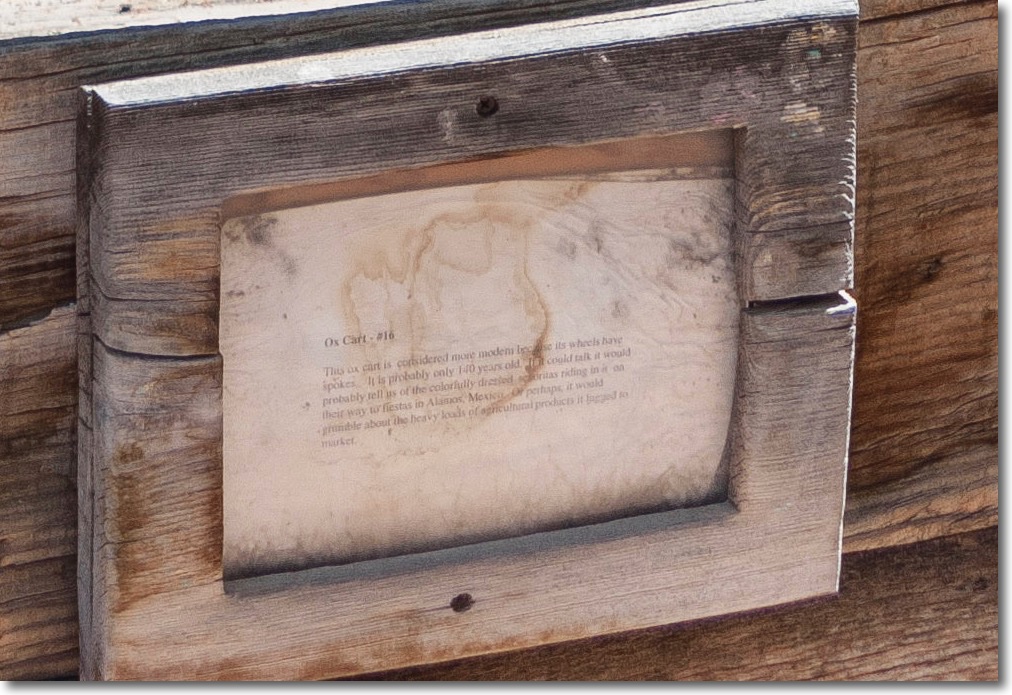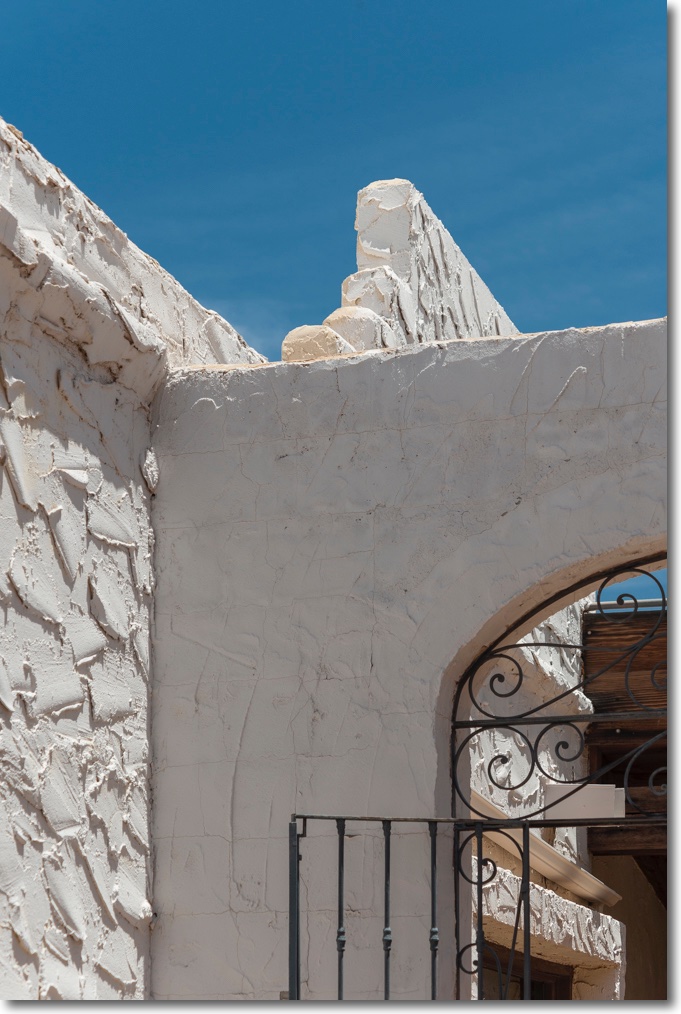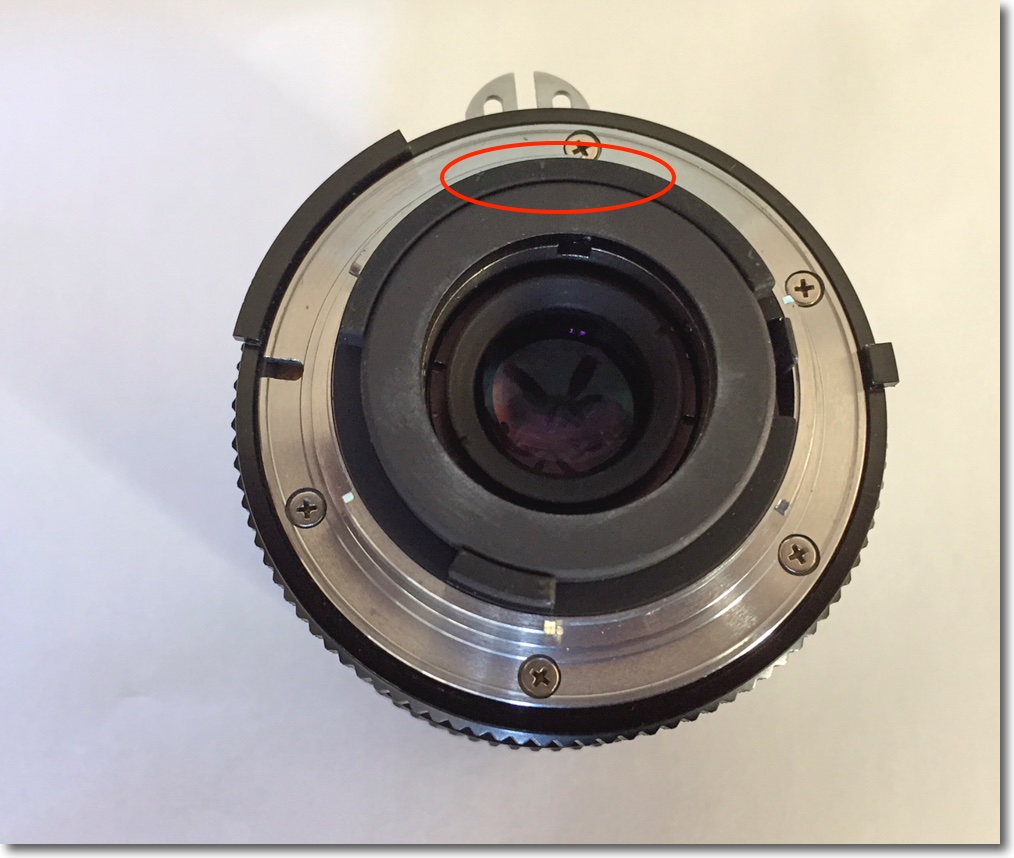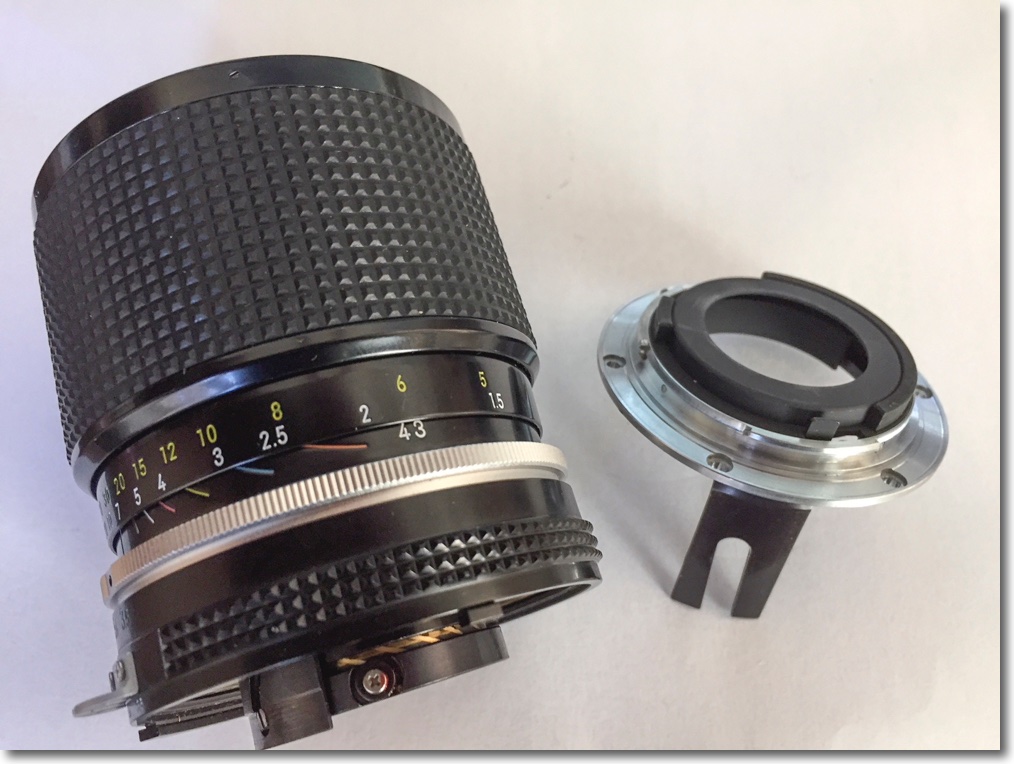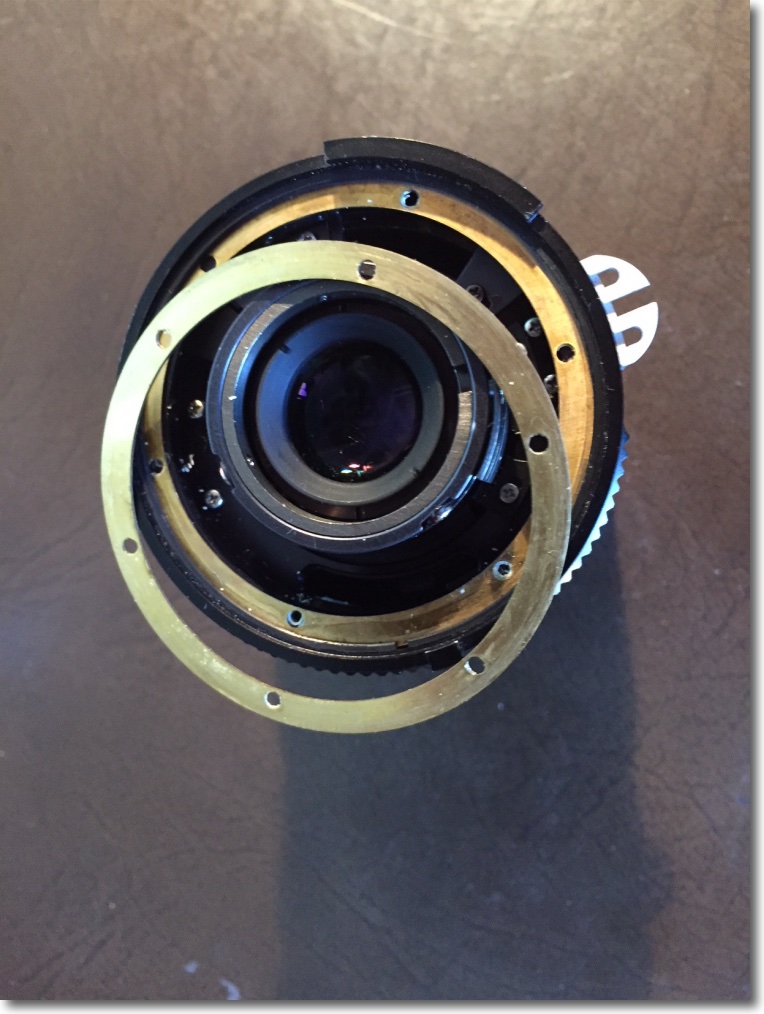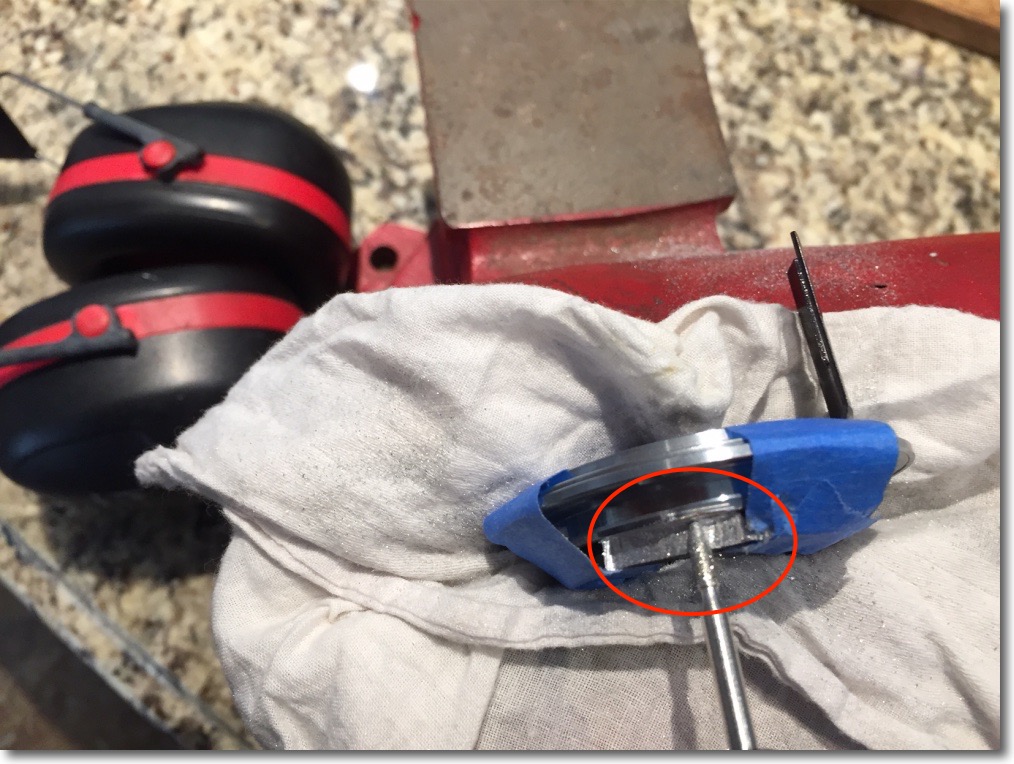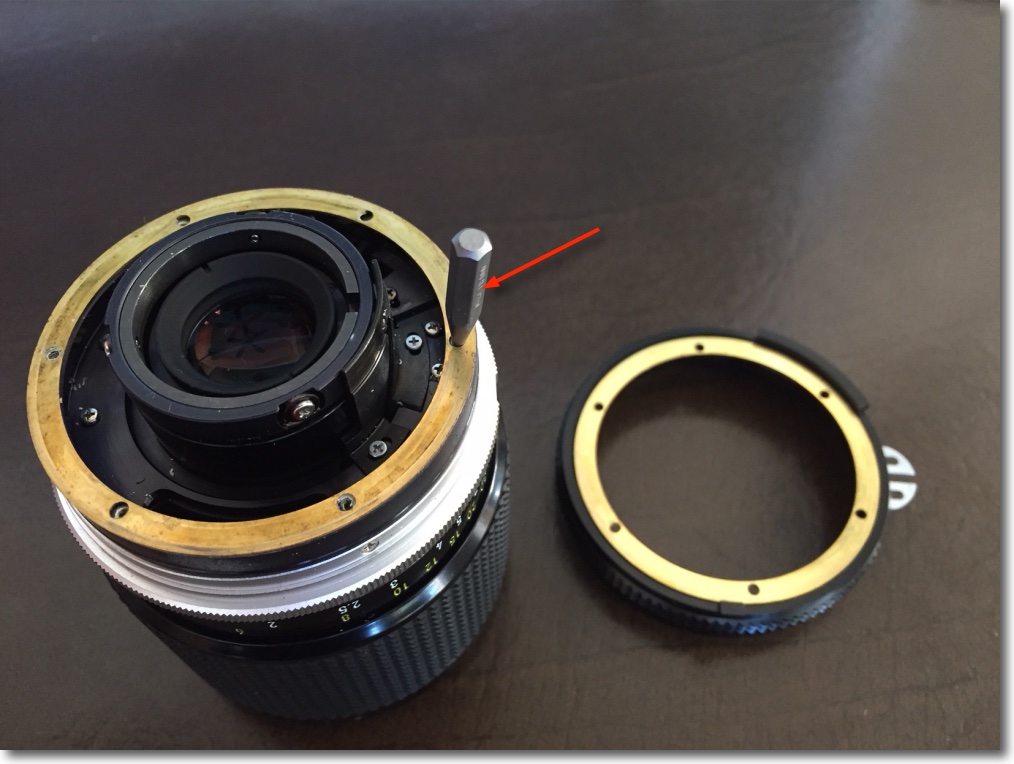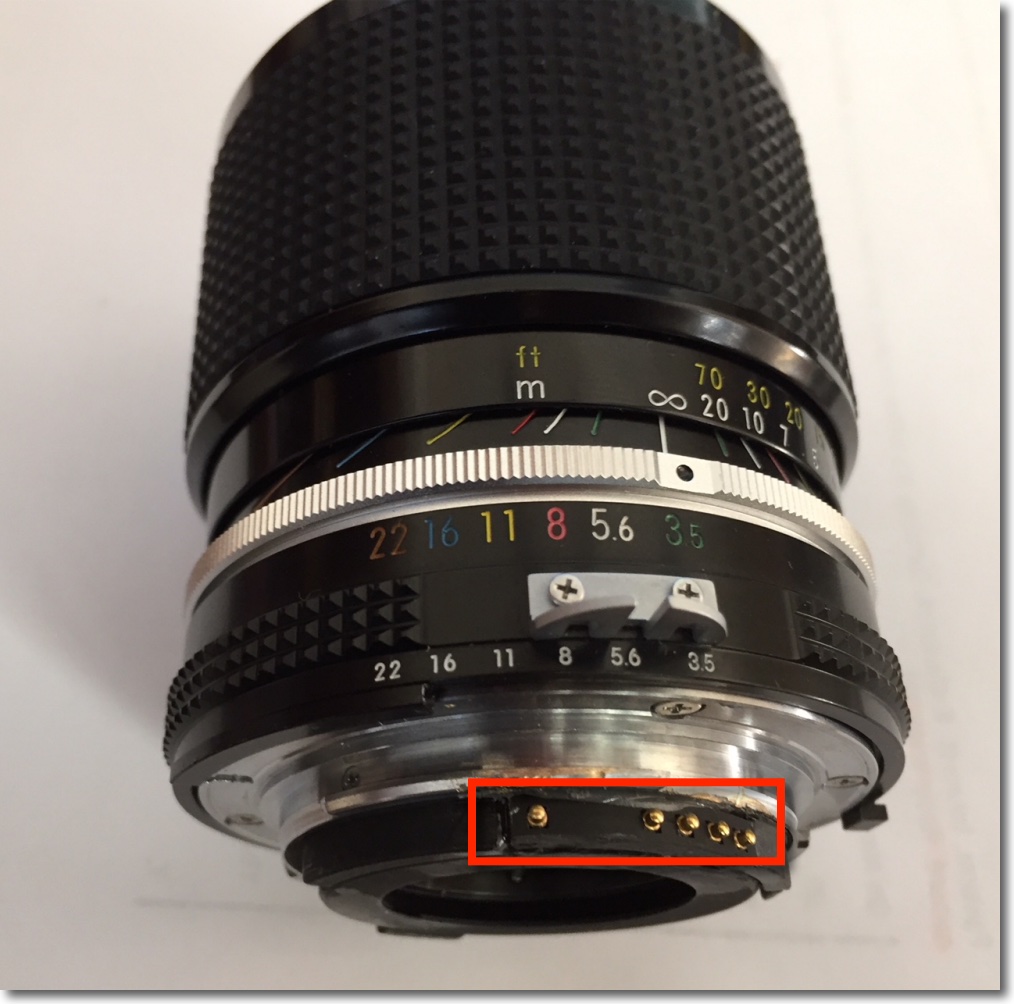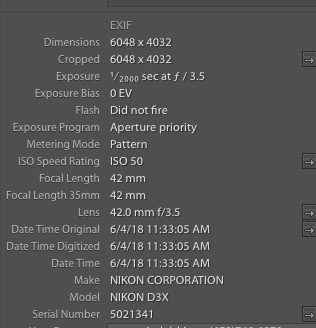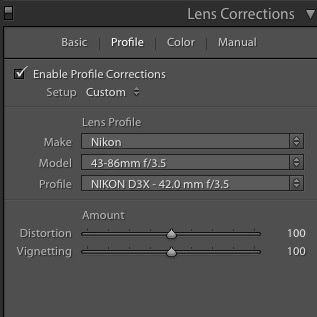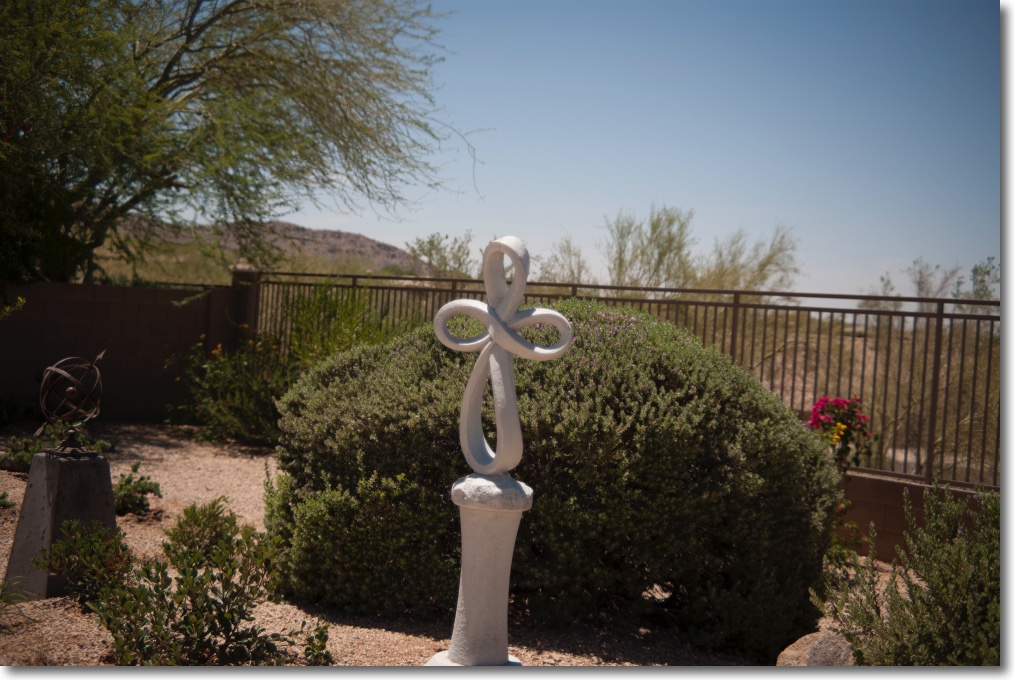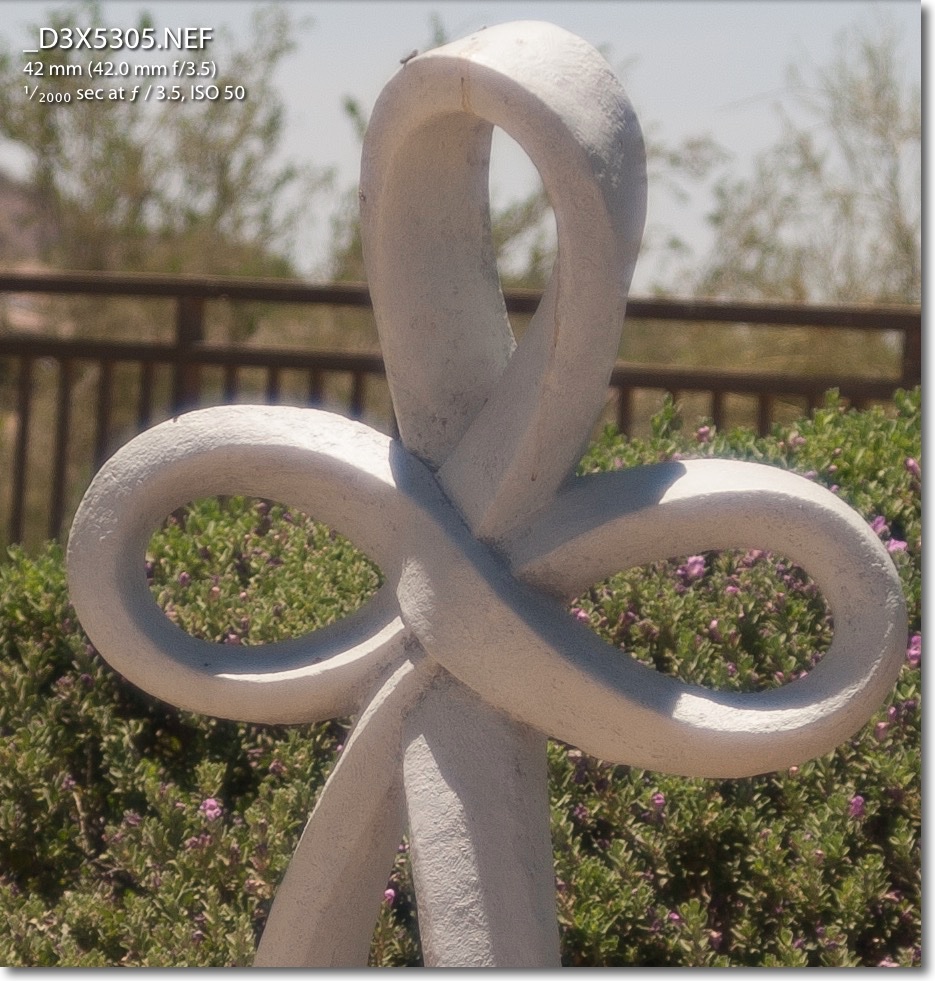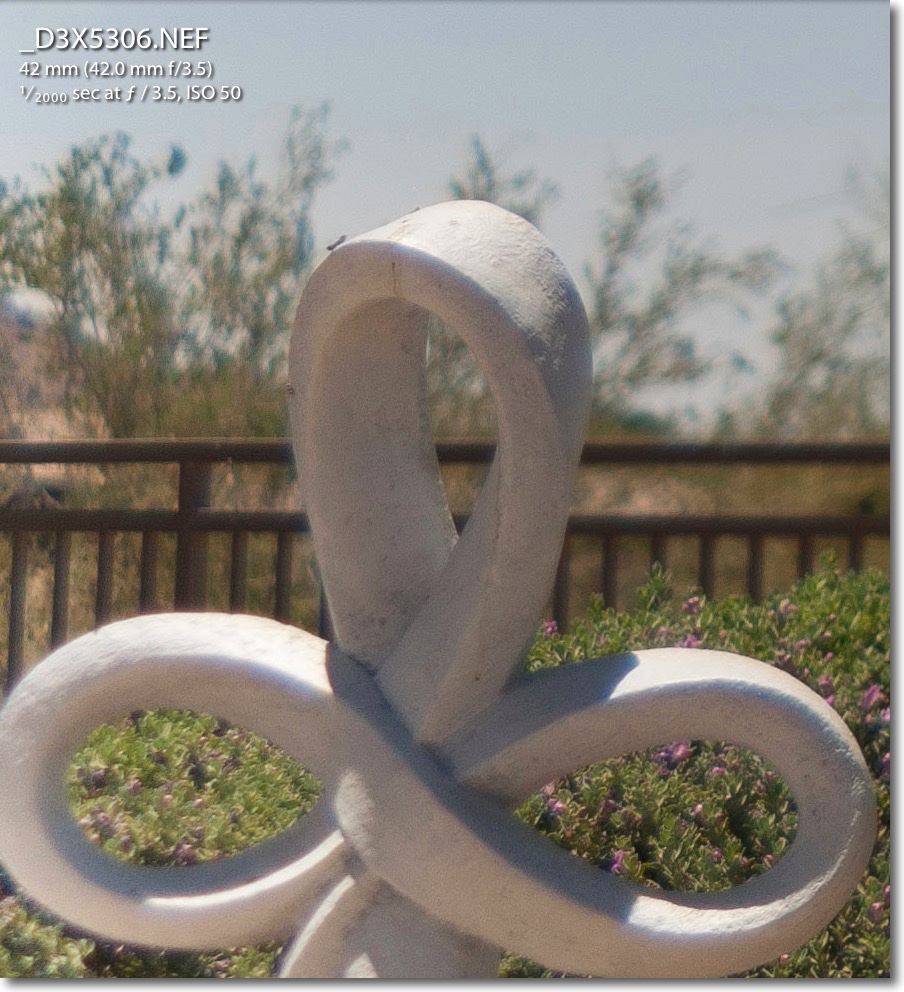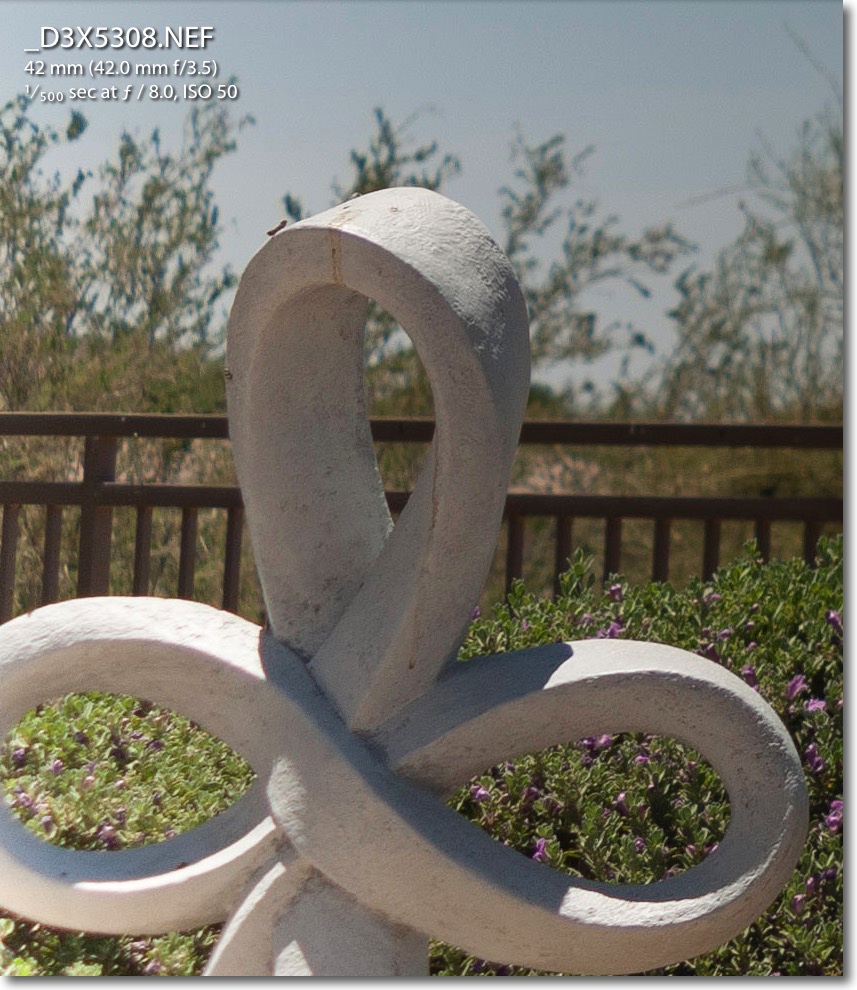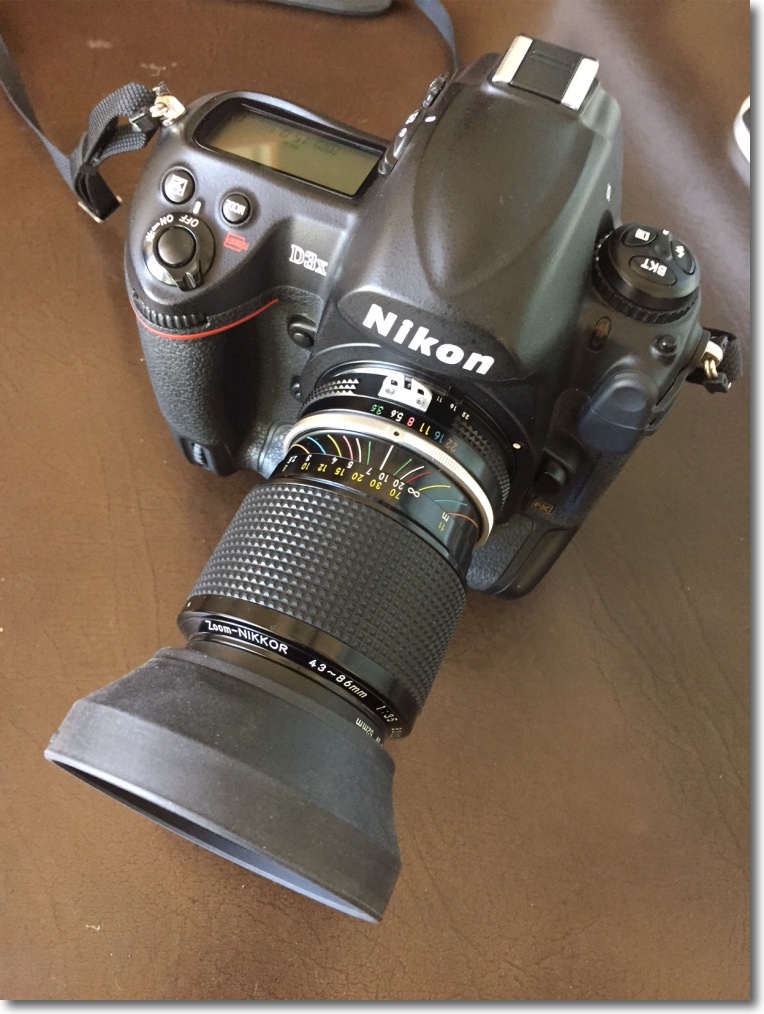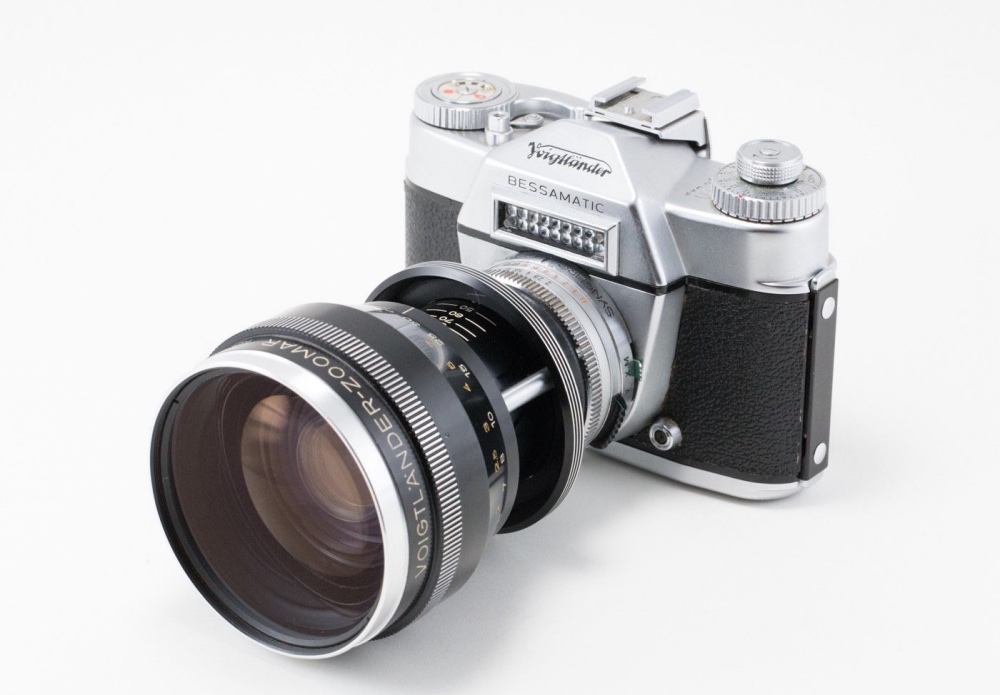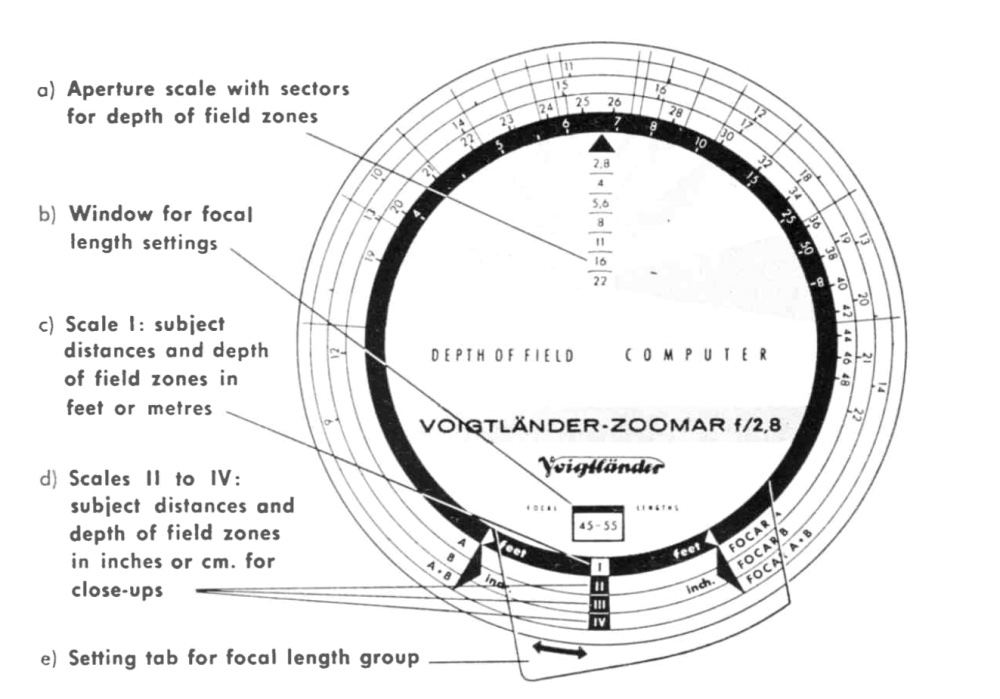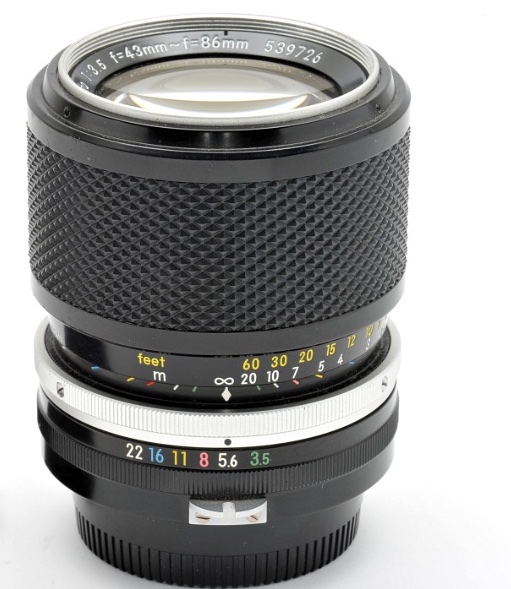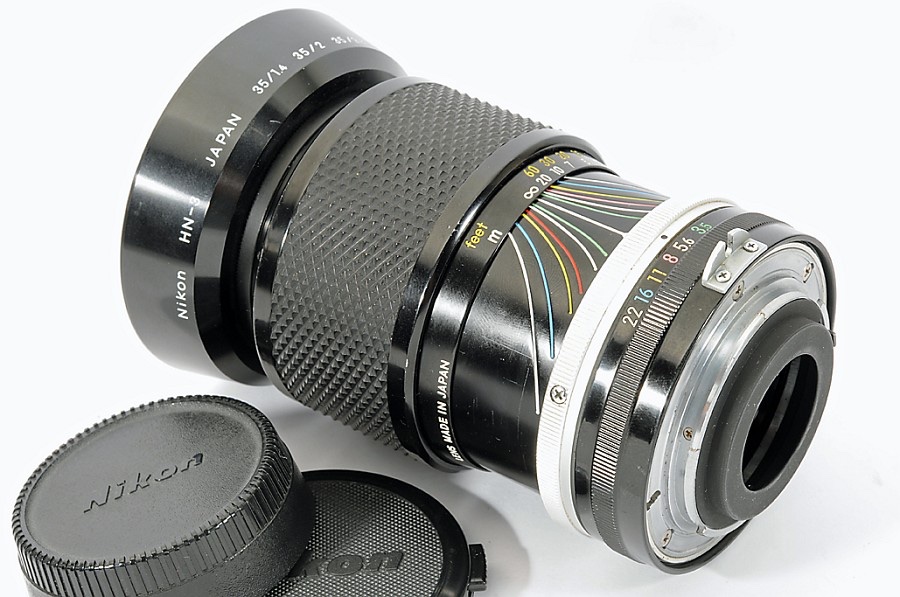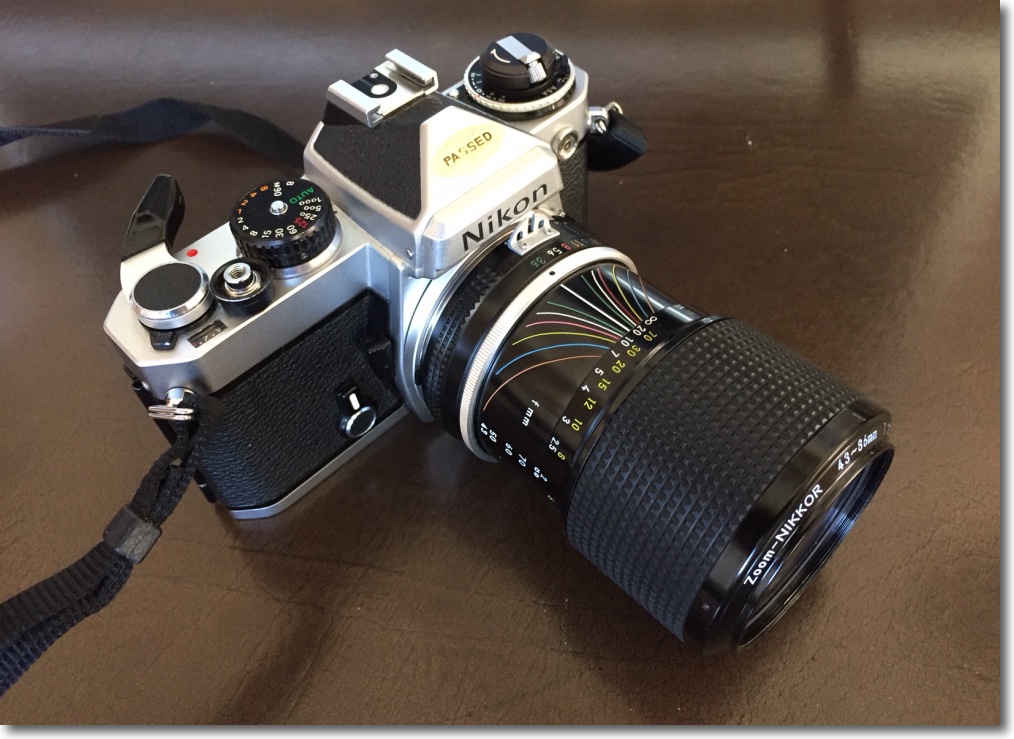An old flame.
Back in 2012 when I was racking out my Nikon D700 I wrote:
“It’s large, noisy, crass, threatening, bulky, heavy and few need it. Like an SUV, its owner is likely a poseur. One who extols off-road capabilities when he will never leave asphalt. The other boasts of professional gear quality when he would get better results with a point-and-shoot. For most, the D700 fulfills “wants” not “needs”. And while the SUV is a pain in the neck when you cannot see past one in traffic, the D700 with a “pro” zoom is quite literally a pain in the neck after you have schlepped it around for a few hours, as I did yesterday.”
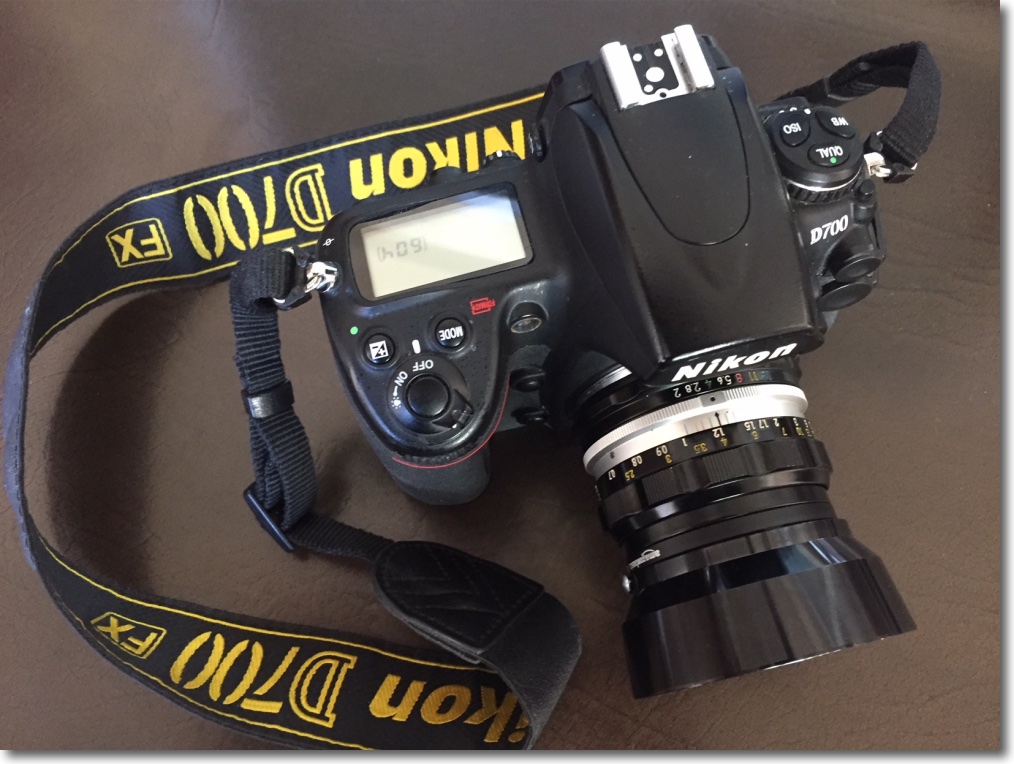
Fitted with a classic era 50mm f/2 HC Nikkor and period correct HS-2 hood. Crass strap will go.
All of this remains true yet, having sold mine when the D3x came along, I now find another in my hands! Looking at the Metadata in my LR catalog I find that I have more images saved from the D700 than from any other camera. There’s a reason for that. While no miniature, it is much smaller and lighter than the D2x/D3x and its modest 12mp sensor delivers tremendous dynamic range and very low noise. 40″ x 60″ prints from the full frame Nikon sensor are par for the course when used with good lenses.
Now a quick word of advice. You really want to buy a legal USA import version, not a grey market camera. The reason is simple. Nikon USA will not service grey market bodies. Yes, that’s asinine, but that’s their stance. It’s not possible to recognize USA imports by number as the serial number ranges were never published. But there are two easy ways.
First, look for the ‘Nikon USA’ sticker disclosed when the battery door is open and the battery removed:
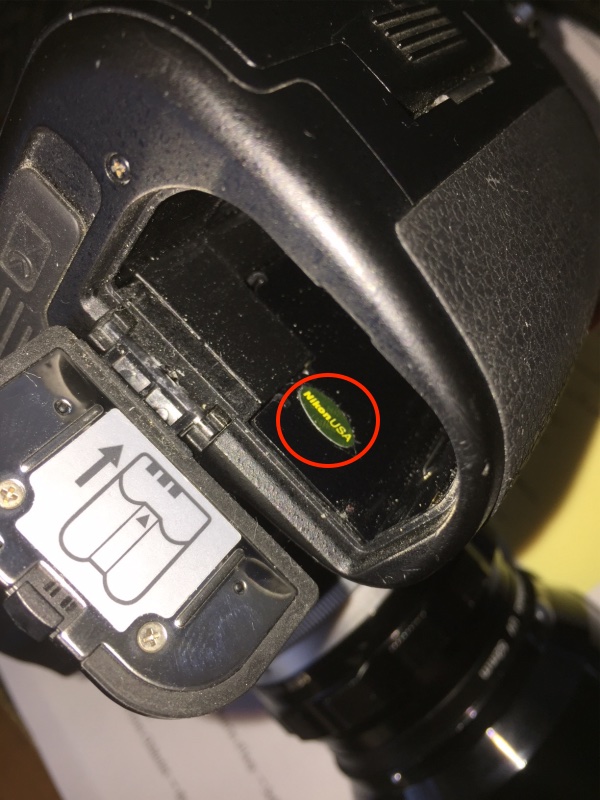
‘Nikon USA’ sticker inside the battery compartment.
Second, if your body came in the original box, looks for the ‘(U)’ on the label and the matching serial number:
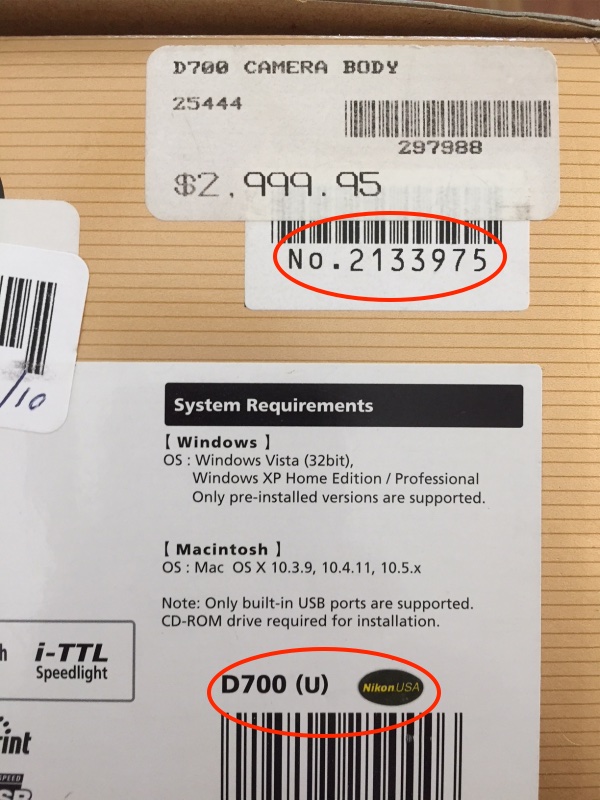
Eye watering original sticker price and all!
If neither of these two methods yields an answer, call Nikon USA with the serial number and ask before plonking down your hard earned cash. Yeah, and good luck with that. And the amount you plonk down today is modest indeed. Mint bodies sell for under $600. Again, as with lenses, saving a few dollars on a beater is senseless. I paid $575 for mine, USA import, with two brand new Nikon EN-EL3a batteries (a $100 value), and stated by the seller to have been recently refurbished by Nikon. That compares with the similar used first D700 I owned, sold in 2012 for $1600. Digital bodies are most certainly not a storehouse of value.
You also want a body with a low shutter count. Nikon’s stated mean time between failures for the D700’s shutter is 150,000 exposures. Mine had just over 35,000. Here’s the quickest way of determining the shutter count – tell your seller and have him put it on the record so you do not get cheated. Shutter replacement costs money, around $300. Load an image into Apple’s Preview App, then go to Tools->Show Inspector, then click on the Nikon tab, and you will see the shutter count. Shutter count has nothing to do with frame number which can be reset manually:
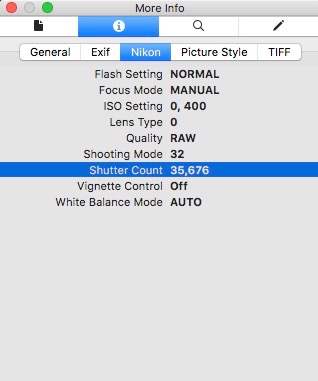
Shutter count – exactly as advertised.
So I got a mint, boxed, factory refurbished D700 USA import body for $550 with some 75% of its life, or over 110,000 exposures left on the shutter, a limit I will not be threatening in my lifetime. And two new Nikon batteries! Avoid after market batteries. There are too many stories of jams and fires to risk your camera.
Pictures from the D700 will be cropping up in this journal again. I splashed out $18 on a SanDisk 16GB Ultra CF card which store 606 14-bit, lossless compressed RAW images (the battery is good for over 1,000 images a charge – Panasonic, are you listening?) and a further $8 for a tempered glass rear LCD protector to replace the ghastly, grainy translucent plastic one provided by Nikon with the BM-9 model number. My host of Nikkors, both MF and AF works perfectly on this high quality, rugged body which does everything I need. It will not take videos which is fine with me, and the small, built-in pop up flash does a nice job of filling in shadows on bright days. Yes, there’s a motor drive attachment (MB-D10) to be had for under $100 used, but then you are back to D2x/D3x bulk and weight. Do you really want that? As a poor man’s D3 that works, for the sensor is identical. I don’t need one.
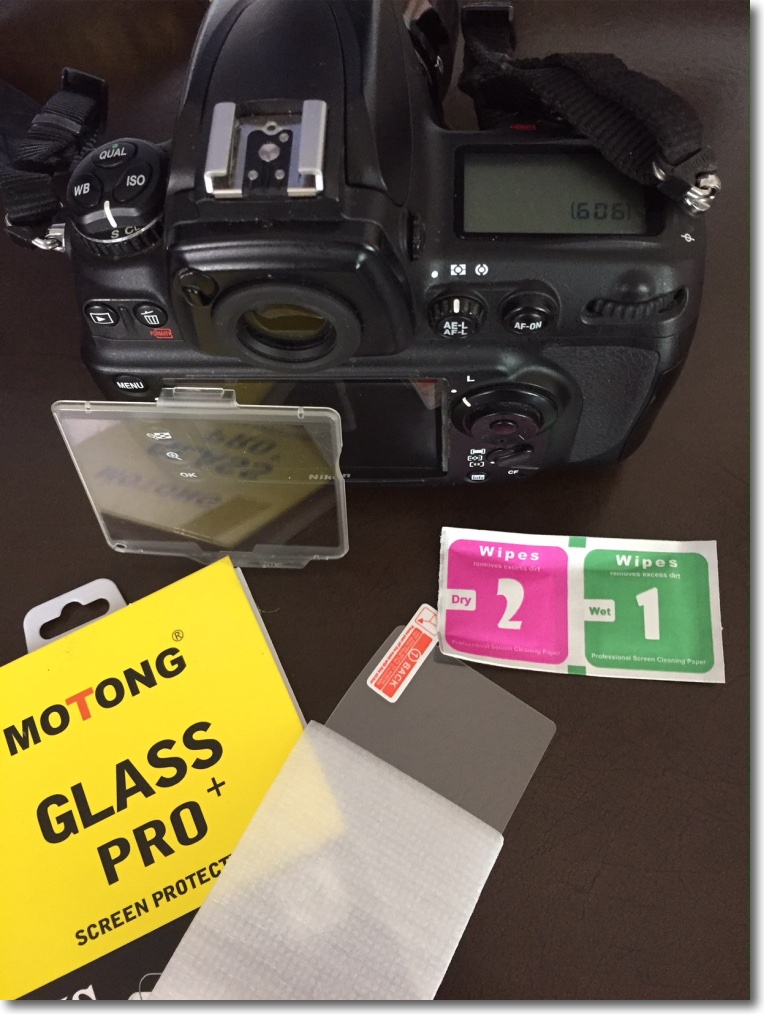
Tempered 0.3mm protective glass replaces the ghastly Nikon plastic version.
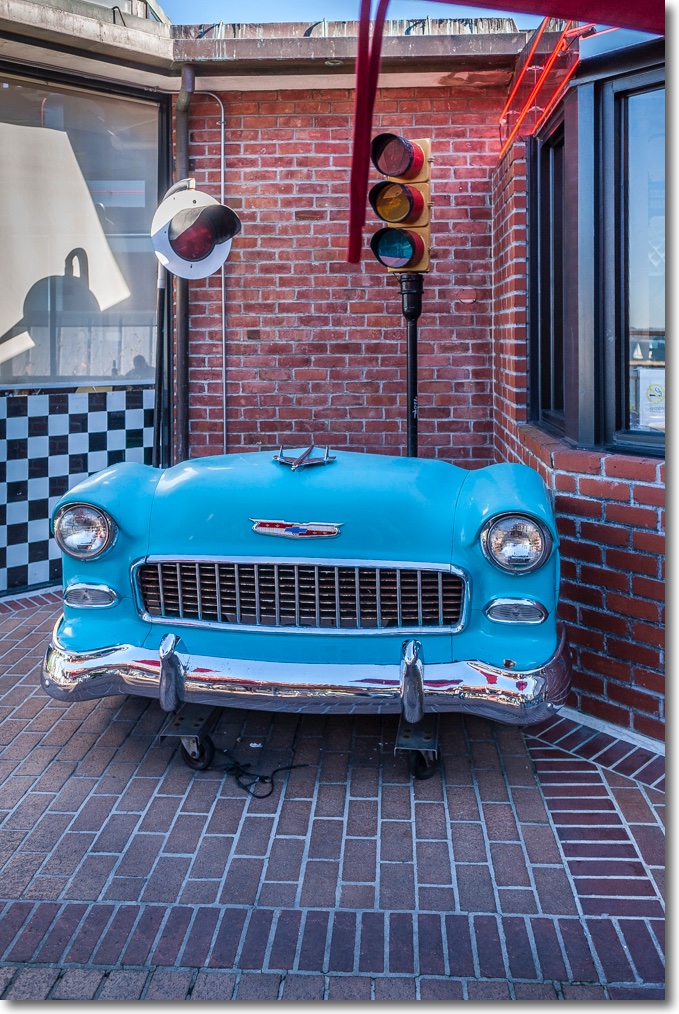
Ghiradelli Square, December, 2012. D700, 28mm f/2 MF Nikkor.
Here are the key settings from the Import dialog in Lightroom – a tad more sharpening than stock is just what the doctor ordered for the D700’s sensor:
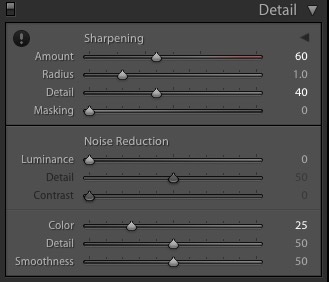
File import dialog for D700 images.
